Quick filters:
Devonian fossil fern Stock Photos and Images
 Archaeopteris hibernica, fossil plant Stock Photohttps://www.alamy.com/image-license-details/?v=1https://www.alamy.com/archaeopteris-hibernica-fossil-plant-image66714227.html
Archaeopteris hibernica, fossil plant Stock Photohttps://www.alamy.com/image-license-details/?v=1https://www.alamy.com/archaeopteris-hibernica-fossil-plant-image66714227.htmlRMDTF2JY–Archaeopteris hibernica, fossil plant
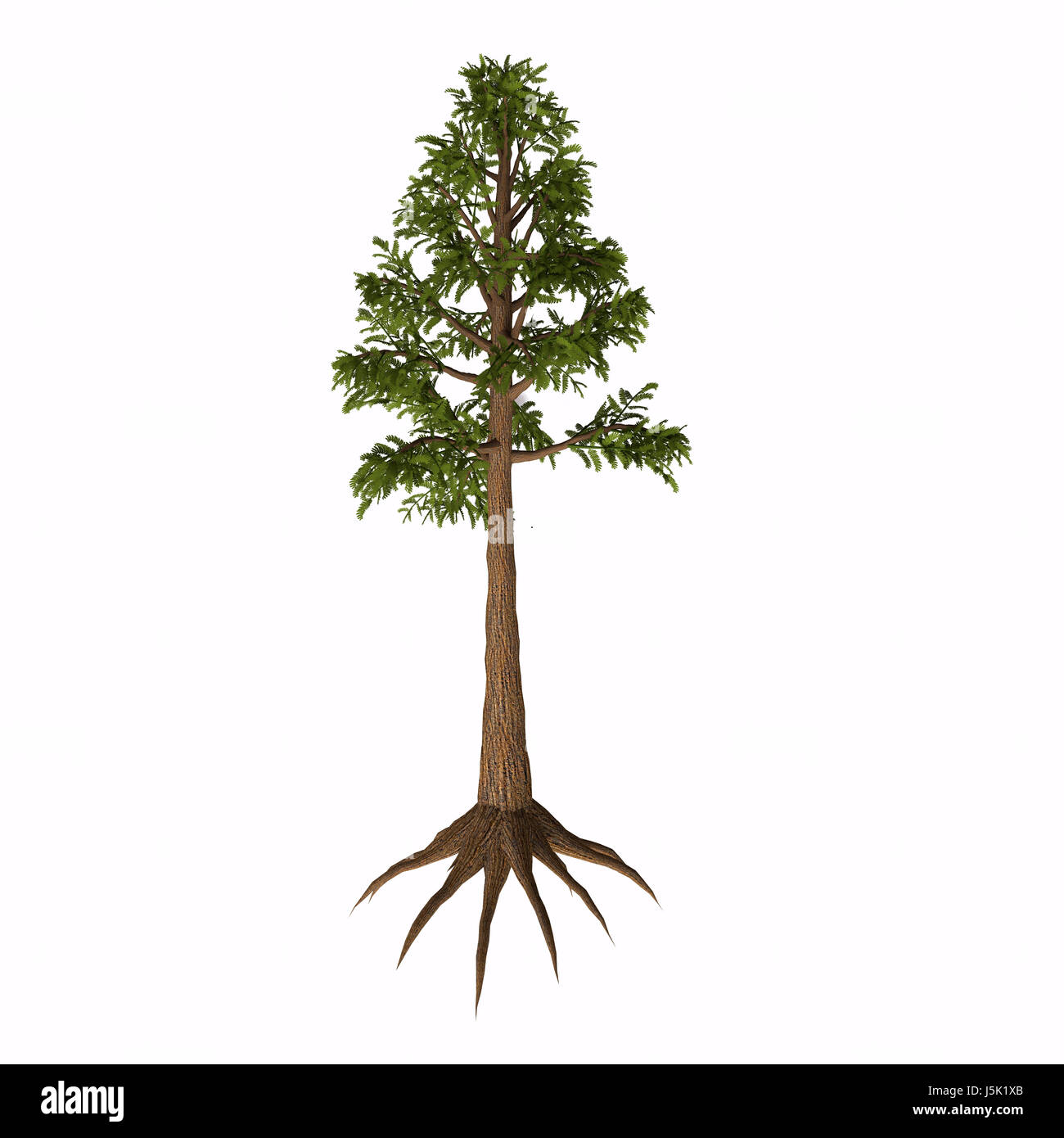 Archaeopteris sp Tree Archaeopteris is an extinct genus of tree-like plants with fern-like leaves that lived in the Devonian to Carboniferous Periods. Stock Photohttps://www.alamy.com/image-license-details/?v=1https://www.alamy.com/stock-photo-archaeopteris-sp-tree-archaeopteris-is-an-extinct-genus-of-tree-like-141174835.html
Archaeopteris sp Tree Archaeopteris is an extinct genus of tree-like plants with fern-like leaves that lived in the Devonian to Carboniferous Periods. Stock Photohttps://www.alamy.com/image-license-details/?v=1https://www.alamy.com/stock-photo-archaeopteris-sp-tree-archaeopteris-is-an-extinct-genus-of-tree-like-141174835.htmlRFJ5K1XB–Archaeopteris sp Tree Archaeopteris is an extinct genus of tree-like plants with fern-like leaves that lived in the Devonian to Carboniferous Periods.
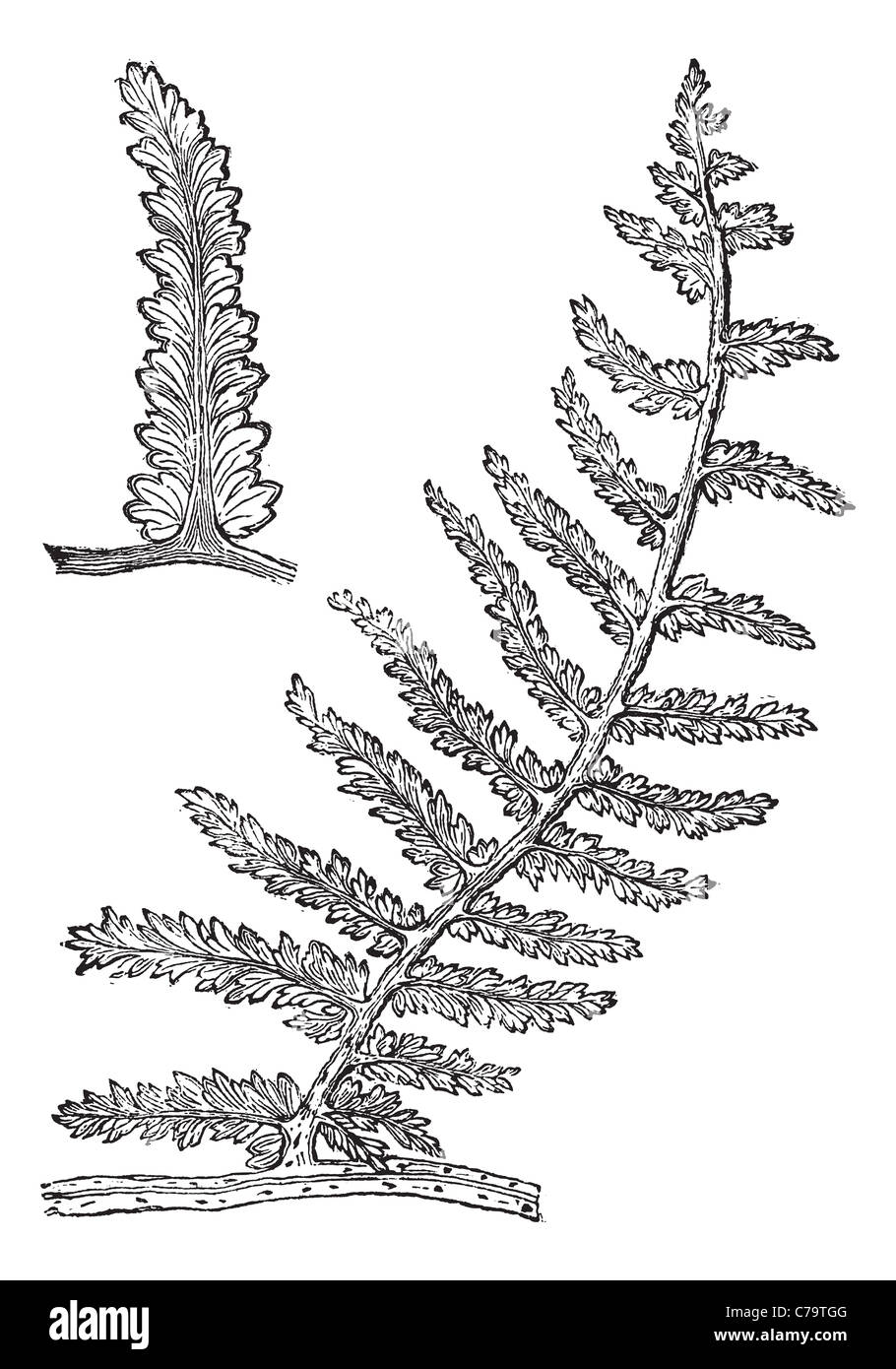 Sphenopteris, vintage engraving. Old engraved illustration of Sphenopteris, an extinct seed fern. Stock Photohttps://www.alamy.com/image-license-details/?v=1https://www.alamy.com/stock-photo-sphenopteris-vintage-engraving-old-engraved-illustration-of-sphenopteris-38940176.html
Sphenopteris, vintage engraving. Old engraved illustration of Sphenopteris, an extinct seed fern. Stock Photohttps://www.alamy.com/image-license-details/?v=1https://www.alamy.com/stock-photo-sphenopteris-vintage-engraving-old-engraved-illustration-of-sphenopteris-38940176.htmlRFC79TGG–Sphenopteris, vintage engraving. Old engraved illustration of Sphenopteris, an extinct seed fern.
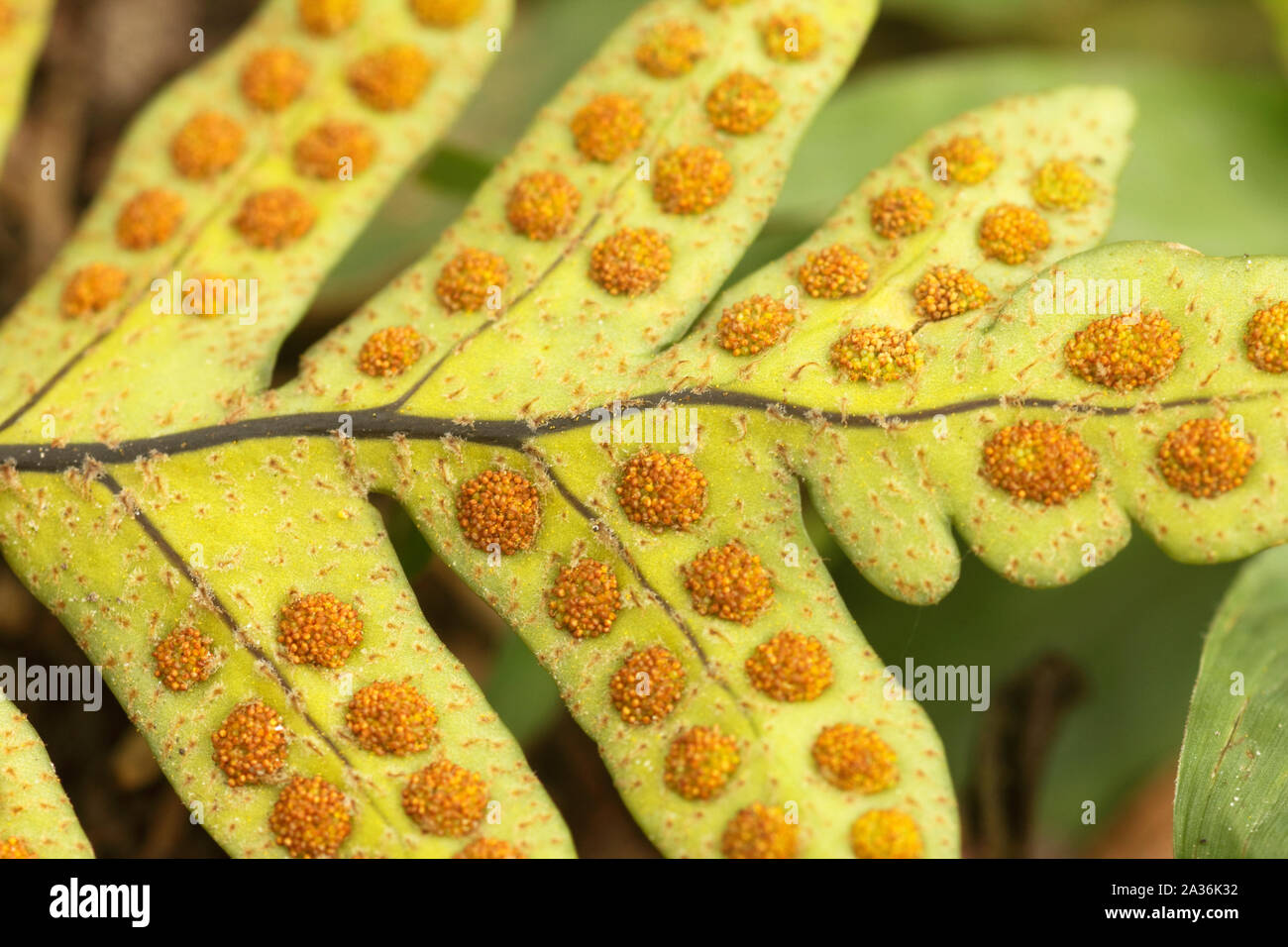 Fern spores patterns macro close up in vascular Polypodiopsida. Ferns first appear in the fossil record about 360 million years ago Stock Photohttps://www.alamy.com/image-license-details/?v=1https://www.alamy.com/fern-spores-patterns-macro-close-up-in-vascular-polypodiopsida-ferns-first-appear-in-the-fossil-record-about-360-million-years-ago-image328987654.html
Fern spores patterns macro close up in vascular Polypodiopsida. Ferns first appear in the fossil record about 360 million years ago Stock Photohttps://www.alamy.com/image-license-details/?v=1https://www.alamy.com/fern-spores-patterns-macro-close-up-in-vascular-polypodiopsida-ferns-first-appear-in-the-fossil-record-about-360-million-years-ago-image328987654.htmlRM2A36K32–Fern spores patterns macro close up in vascular Polypodiopsida. Ferns first appear in the fossil record about 360 million years ago
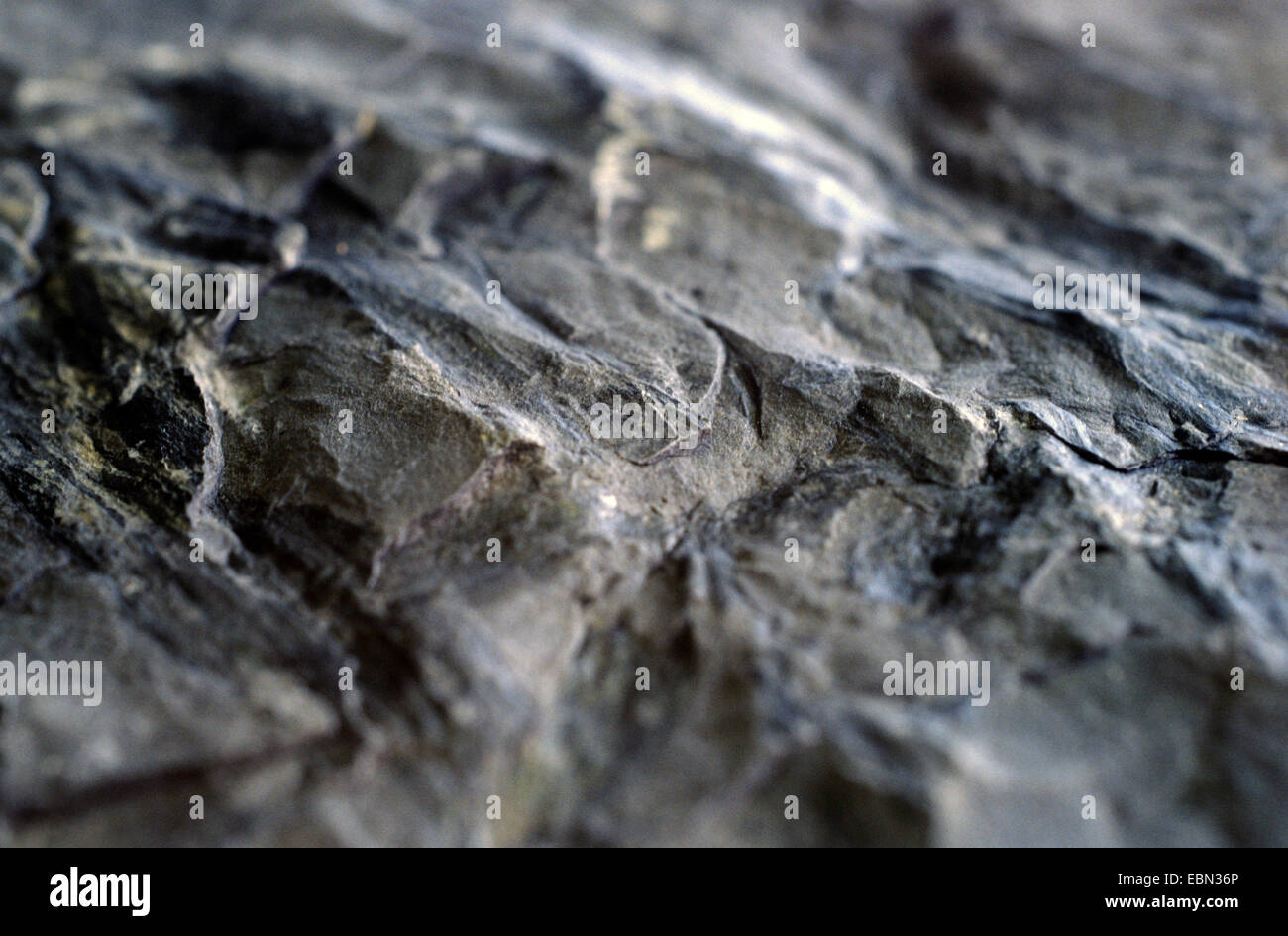 Psilophyta Taeniocrada from Devonian period Stock Photohttps://www.alamy.com/image-license-details/?v=1https://www.alamy.com/stock-photo-psilophyta-taeniocrada-from-devonian-period-76066222.html
Psilophyta Taeniocrada from Devonian period Stock Photohttps://www.alamy.com/image-license-details/?v=1https://www.alamy.com/stock-photo-psilophyta-taeniocrada-from-devonian-period-76066222.htmlRMEBN36P–Psilophyta Taeniocrada from Devonian period
 extreme close up of fossil of Carboniferous fern leafs Stock Photohttps://www.alamy.com/image-license-details/?v=1https://www.alamy.com/extreme-close-up-of-fossil-of-carboniferous-fern-leafs-image230419602.html
extreme close up of fossil of Carboniferous fern leafs Stock Photohttps://www.alamy.com/image-license-details/?v=1https://www.alamy.com/extreme-close-up-of-fossil-of-carboniferous-fern-leafs-image230419602.htmlRFRATEFE–extreme close up of fossil of Carboniferous fern leafs
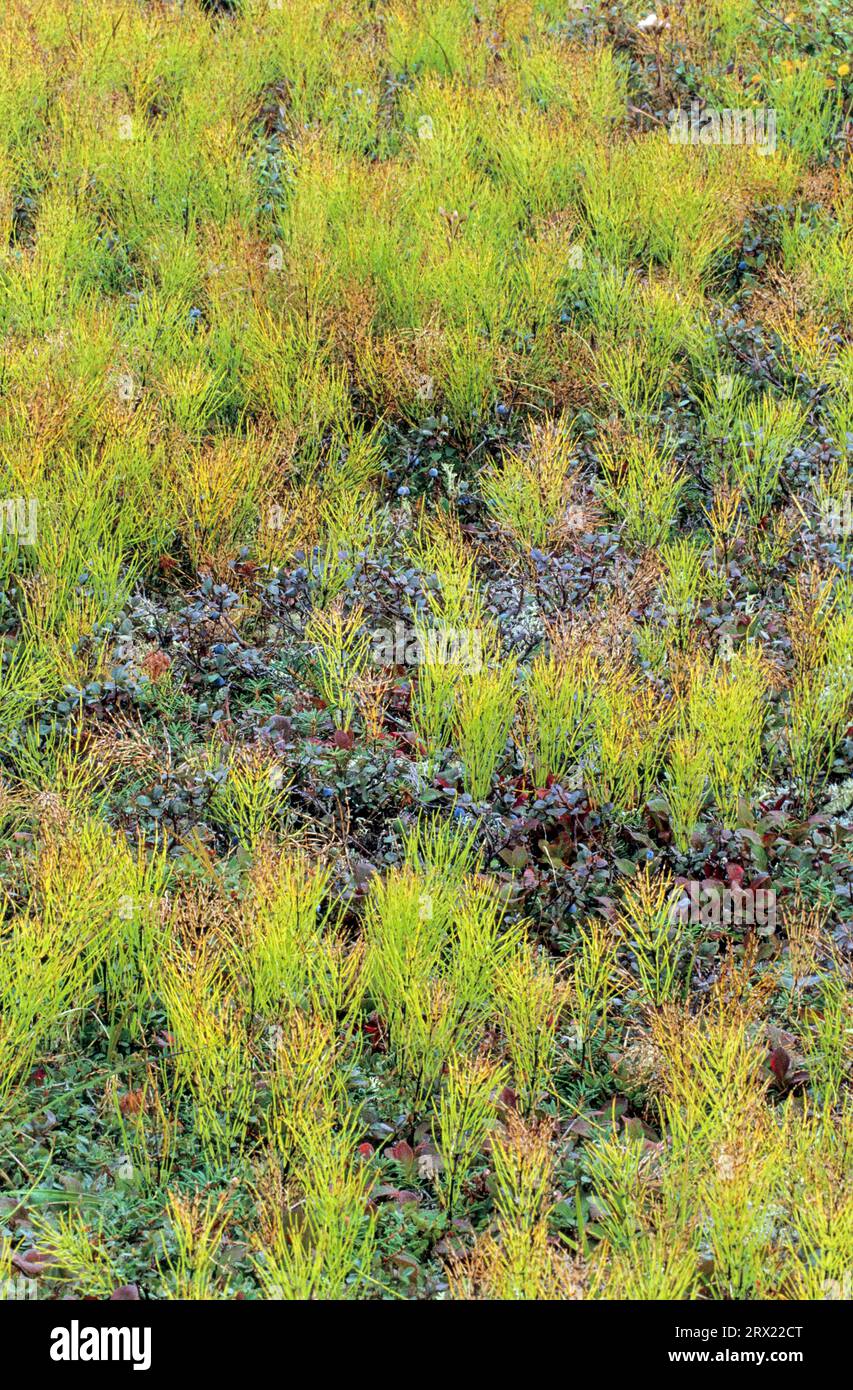 Horsetails (Equisetum) around 375 million years ago first appeared in the Upper Devonian age, Horsetail is a living fossil species Stock Photohttps://www.alamy.com/image-license-details/?v=1https://www.alamy.com/horsetails-equisetum-around-375-million-years-ago-first-appeared-in-the-upper-devonian-age-horsetail-is-a-living-fossil-species-image566758664.html
Horsetails (Equisetum) around 375 million years ago first appeared in the Upper Devonian age, Horsetail is a living fossil species Stock Photohttps://www.alamy.com/image-license-details/?v=1https://www.alamy.com/horsetails-equisetum-around-375-million-years-ago-first-appeared-in-the-upper-devonian-age-horsetail-is-a-living-fossil-species-image566758664.htmlRM2RX22CT–Horsetails (Equisetum) around 375 million years ago first appeared in the Upper Devonian age, Horsetail is a living fossil species
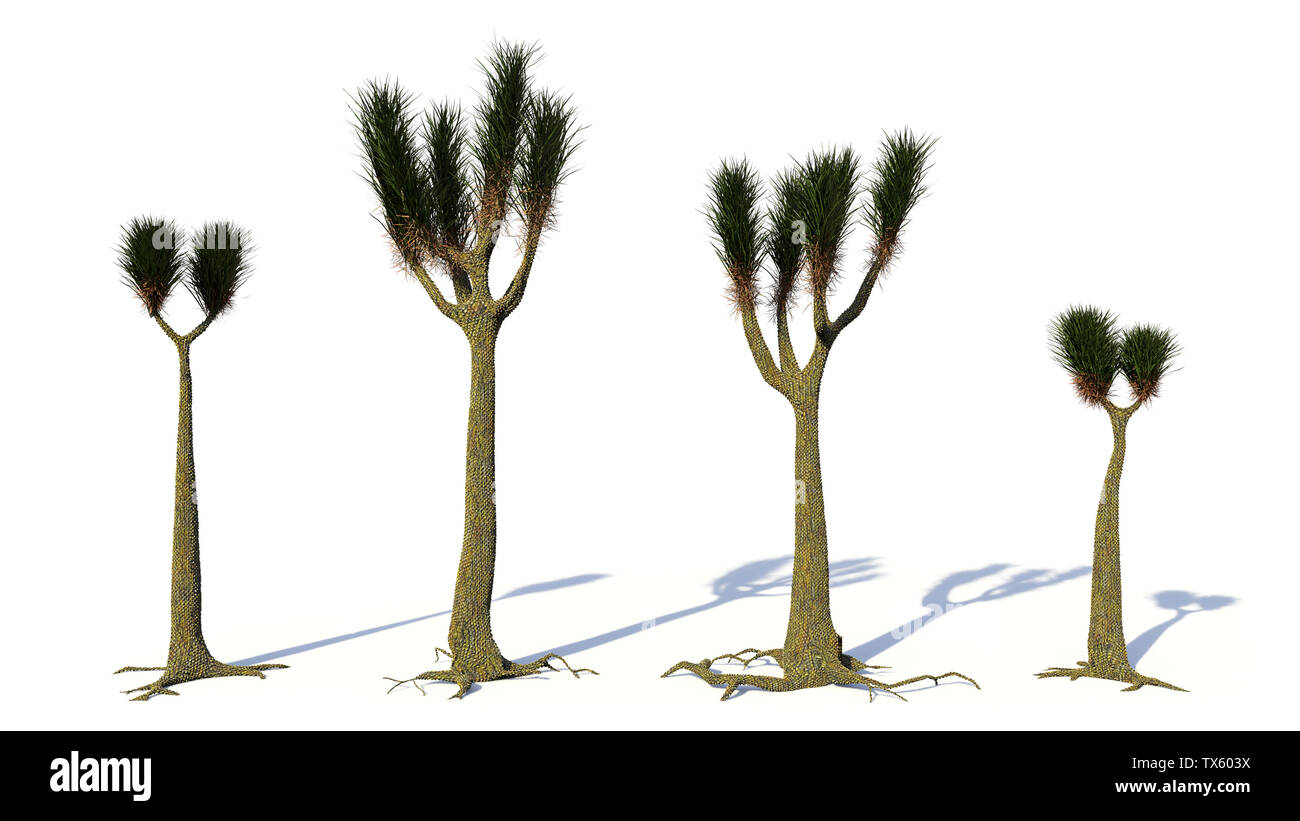 Sigillaria group, tree-like plant from the Carboniferous and Permian period isolated on white background Stock Photohttps://www.alamy.com/image-license-details/?v=1https://www.alamy.com/sigillaria-group-tree-like-plant-from-the-carboniferous-and-permian-period-isolated-on-white-background-image257058030.html
Sigillaria group, tree-like plant from the Carboniferous and Permian period isolated on white background Stock Photohttps://www.alamy.com/image-license-details/?v=1https://www.alamy.com/sigillaria-group-tree-like-plant-from-the-carboniferous-and-permian-period-isolated-on-white-background-image257058030.htmlRFTX603X–Sigillaria group, tree-like plant from the Carboniferous and Permian period isolated on white background
![Ferns first appear in the fossil record 360 million years ago in the Devonian Era[5] but many of the current families and species did not appear until Stock Photo Ferns first appear in the fossil record 360 million years ago in the Devonian Era[5] but many of the current families and species did not appear until Stock Photo](https://c8.alamy.com/comp/HDJJ6A/ferns-first-appear-in-the-fossil-record-360-million-years-ago-in-the-HDJJ6A.jpg) Ferns first appear in the fossil record 360 million years ago in the Devonian Era[5] but many of the current families and species did not appear until Stock Photohttps://www.alamy.com/image-license-details/?v=1https://www.alamy.com/stock-photo-ferns-first-appear-in-the-fossil-record-360-million-years-ago-in-the-128872530.html
Ferns first appear in the fossil record 360 million years ago in the Devonian Era[5] but many of the current families and species did not appear until Stock Photohttps://www.alamy.com/image-license-details/?v=1https://www.alamy.com/stock-photo-ferns-first-appear-in-the-fossil-record-360-million-years-ago-in-the-128872530.htmlRFHDJJ6A–Ferns first appear in the fossil record 360 million years ago in the Devonian Era[5] but many of the current families and species did not appear until
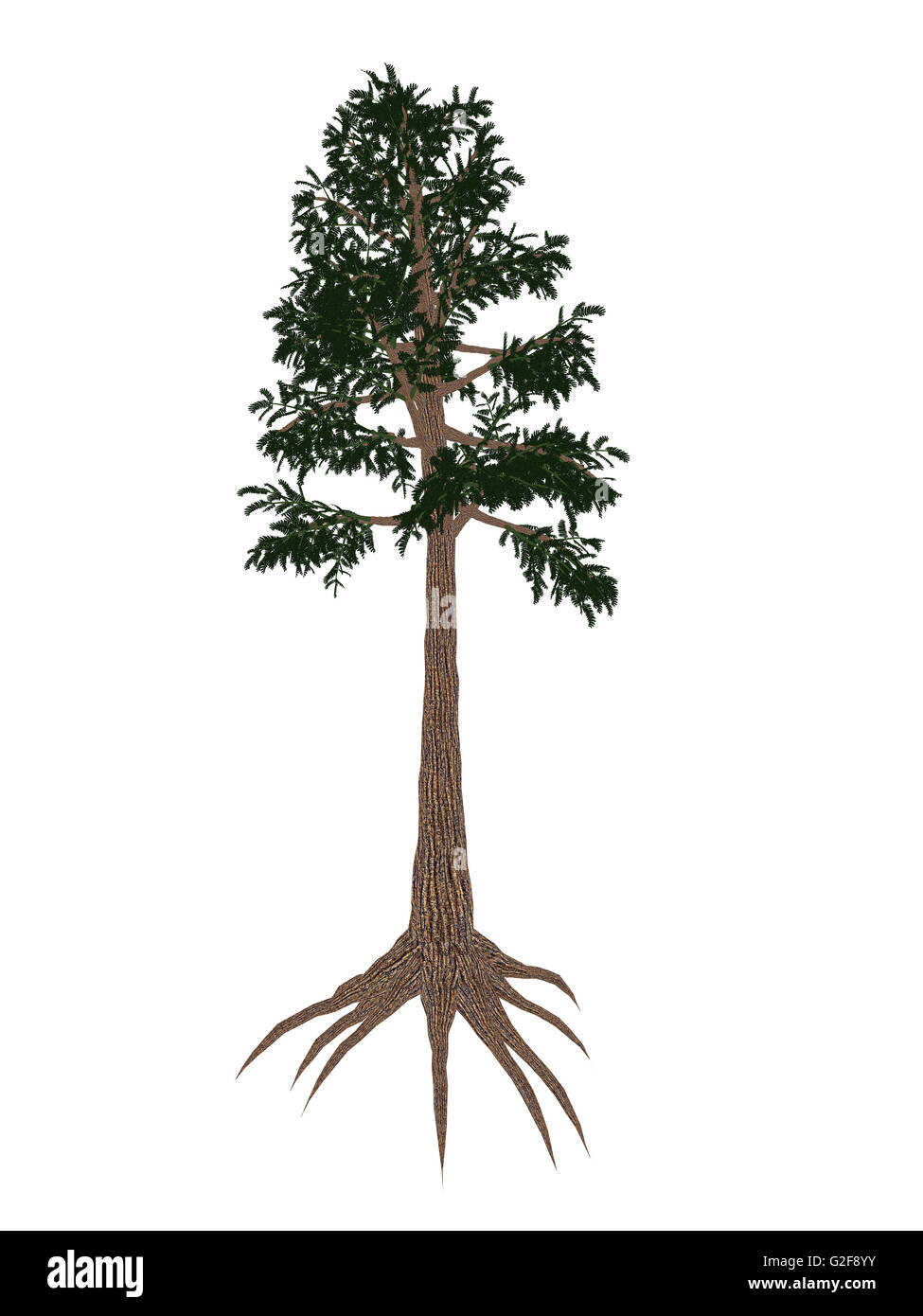 Archaeopteris prehistoric tree from the Late Devonian Period, isolated on white background. Stock Photohttps://www.alamy.com/image-license-details/?v=1https://www.alamy.com/stock-photo-archaeopteris-prehistoric-tree-from-the-late-devonian-period-isolated-104827855.html
Archaeopteris prehistoric tree from the Late Devonian Period, isolated on white background. Stock Photohttps://www.alamy.com/image-license-details/?v=1https://www.alamy.com/stock-photo-archaeopteris-prehistoric-tree-from-the-late-devonian-period-isolated-104827855.htmlRFG2F8YY–Archaeopteris prehistoric tree from the Late Devonian Period, isolated on white background.
![Ferns first appear in the fossil record 360 million years ago in the Devonian Era[5] but many of the current families and species did not appear until Stock Photo Ferns first appear in the fossil record 360 million years ago in the Devonian Era[5] but many of the current families and species did not appear until Stock Photo](https://c8.alamy.com/comp/HDJJ5X/ferns-first-appear-in-the-fossil-record-360-million-years-ago-in-the-HDJJ5X.jpg) Ferns first appear in the fossil record 360 million years ago in the Devonian Era[5] but many of the current families and species did not appear until Stock Photohttps://www.alamy.com/image-license-details/?v=1https://www.alamy.com/stock-photo-ferns-first-appear-in-the-fossil-record-360-million-years-ago-in-the-128872518.html
Ferns first appear in the fossil record 360 million years ago in the Devonian Era[5] but many of the current families and species did not appear until Stock Photohttps://www.alamy.com/image-license-details/?v=1https://www.alamy.com/stock-photo-ferns-first-appear-in-the-fossil-record-360-million-years-ago-in-the-128872518.htmlRFHDJJ5X–Ferns first appear in the fossil record 360 million years ago in the Devonian Era[5] but many of the current families and species did not appear until
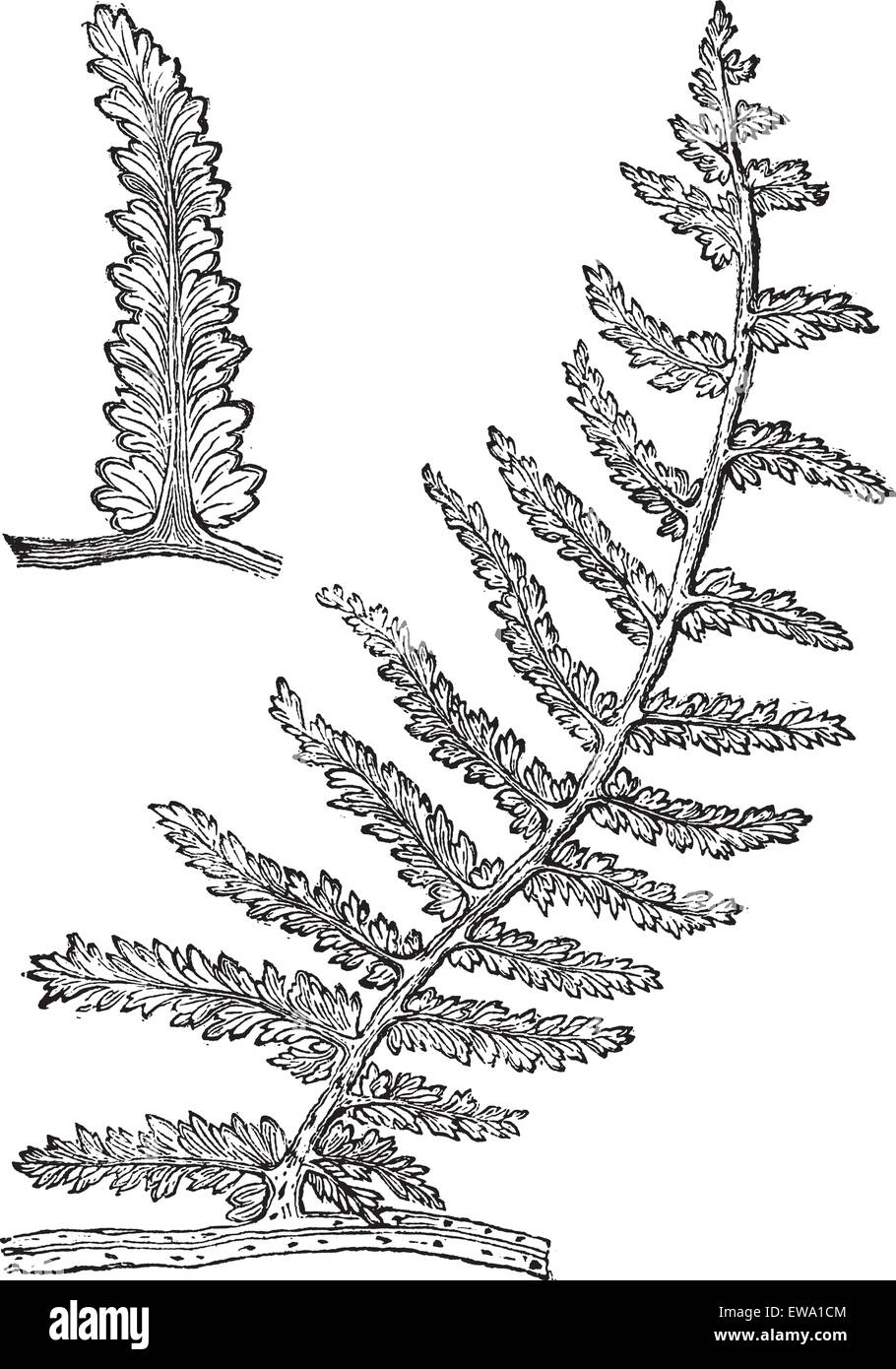 Sphenopteris, vintage engraving. Old engraved illustration of Sphenopteris, an extinct seed fern. Stock Vectorhttps://www.alamy.com/image-license-details/?v=1https://www.alamy.com/stock-photo-sphenopteris-vintage-engraving-old-engraved-illustration-of-sphenopteris-84428532.html
Sphenopteris, vintage engraving. Old engraved illustration of Sphenopteris, an extinct seed fern. Stock Vectorhttps://www.alamy.com/image-license-details/?v=1https://www.alamy.com/stock-photo-sphenopteris-vintage-engraving-old-engraved-illustration-of-sphenopteris-84428532.htmlRFEWA1CM–Sphenopteris, vintage engraving. Old engraved illustration of Sphenopteris, an extinct seed fern.
 Wattieza Petrified Tree Stump, 1921 Stock Photohttps://www.alamy.com/image-license-details/?v=1https://www.alamy.com/stock-photo-wattieza-petrified-tree-stump-1921-135090089.html
Wattieza Petrified Tree Stump, 1921 Stock Photohttps://www.alamy.com/image-license-details/?v=1https://www.alamy.com/stock-photo-wattieza-petrified-tree-stump-1921-135090089.htmlRMHRNTP1–Wattieza Petrified Tree Stump, 1921
 General guide to the exhibition halls of the American Museum of Natural History . r. Two stumps of a large fossil tree-fern of Middle Devonian age fromGilboa, N. Y., appear at the entrance to the alcove. These specimenswere obtained from a quarry opened in connection with the greatengineering work of the New York City Board of Water Supply. Theseare the oldest trees known. Return to the South Pavilion THE HORSE UNDER DOMESTICATION 127 West CorridorTHE HORSE UNDER DOMESTICATION This hall is devoted to exhibits illustrating the great modificationsthat man has brought about by selection in adapti Stock Photohttps://www.alamy.com/image-license-details/?v=1https://www.alamy.com/general-guide-to-the-exhibition-halls-of-the-american-museum-of-natural-history-r-two-stumps-of-a-large-fossil-tree-fern-of-middle-devonian-age-fromgilboa-n-y-appear-at-the-entrance-to-the-alcove-these-specimenswere-obtained-from-a-quarry-opened-in-connection-with-the-greatengineering-work-of-the-new-york-city-board-of-water-supply-theseare-the-oldest-trees-known-return-to-the-south-pavilion-the-horse-under-domestication-127-west-corridorthe-horse-under-domestication-this-hall-is-devoted-to-exhibits-illustrating-the-great-modificationsthat-man-has-brought-about-by-selection-in-adapti-image339414318.html
General guide to the exhibition halls of the American Museum of Natural History . r. Two stumps of a large fossil tree-fern of Middle Devonian age fromGilboa, N. Y., appear at the entrance to the alcove. These specimenswere obtained from a quarry opened in connection with the greatengineering work of the New York City Board of Water Supply. Theseare the oldest trees known. Return to the South Pavilion THE HORSE UNDER DOMESTICATION 127 West CorridorTHE HORSE UNDER DOMESTICATION This hall is devoted to exhibits illustrating the great modificationsthat man has brought about by selection in adapti Stock Photohttps://www.alamy.com/image-license-details/?v=1https://www.alamy.com/general-guide-to-the-exhibition-halls-of-the-american-museum-of-natural-history-r-two-stumps-of-a-large-fossil-tree-fern-of-middle-devonian-age-fromgilboa-n-y-appear-at-the-entrance-to-the-alcove-these-specimenswere-obtained-from-a-quarry-opened-in-connection-with-the-greatengineering-work-of-the-new-york-city-board-of-water-supply-theseare-the-oldest-trees-known-return-to-the-south-pavilion-the-horse-under-domestication-127-west-corridorthe-horse-under-domestication-this-hall-is-devoted-to-exhibits-illustrating-the-great-modificationsthat-man-has-brought-about-by-selection-in-adapti-image339414318.htmlRM2AM5JBX–General guide to the exhibition halls of the American Museum of Natural History . r. Two stumps of a large fossil tree-fern of Middle Devonian age fromGilboa, N. Y., appear at the entrance to the alcove. These specimenswere obtained from a quarry opened in connection with the greatengineering work of the New York City Board of Water Supply. Theseare the oldest trees known. Return to the South Pavilion THE HORSE UNDER DOMESTICATION 127 West CorridorTHE HORSE UNDER DOMESTICATION This hall is devoted to exhibits illustrating the great modificationsthat man has brought about by selection in adapti
 Neuropteris and Adiantites, vintage engraving. Old engraved illustration of Neuropteris and Adiantites, both extinct seed ferns. Stock Photohttps://www.alamy.com/image-license-details/?v=1https://www.alamy.com/stock-photo-neuropteris-and-adiantites-vintage-engraving-old-engraved-illustration-38940162.html
Neuropteris and Adiantites, vintage engraving. Old engraved illustration of Neuropteris and Adiantites, both extinct seed ferns. Stock Photohttps://www.alamy.com/image-license-details/?v=1https://www.alamy.com/stock-photo-neuropteris-and-adiantites-vintage-engraving-old-engraved-illustration-38940162.htmlRFC79TG2–Neuropteris and Adiantites, vintage engraving. Old engraved illustration of Neuropteris and Adiantites, both extinct seed ferns.
 . The geological history of plants. Paleobotany; 1888. 74 THE GEOLOGICAL HISTORY OF PLANTS. with ArchcBopteris is that which I have named Platyphyl- lum, and which grew on a creeping stem or parasitically on stems of other plants, and had marginal fructification.*. Fig. 24.—ArchaBoptens Jacksom, Dawson (Maine). An Upper Erian fern, a, b, Pinnules showing venation. * " Keports on Fossil Plants of the Devonian and Upper Silurian of Canada," 1871, &c. - ». Please note that these images are extracted from scanned page images that may have been digitally enhanced for readability - col Stock Photohttps://www.alamy.com/image-license-details/?v=1https://www.alamy.com/the-geological-history-of-plants-paleobotany-1888-74-the-geological-history-of-plants-with-archcbopteris-is-that-which-i-have-named-platyphyl-lum-and-which-grew-on-a-creeping-stem-or-parasitically-on-stems-of-other-plants-and-had-marginal-fructification-fig-24archaboptens-jacksom-dawson-maine-an-upper-erian-fern-a-b-pinnules-showing-venation-quot-keports-on-fossil-plants-of-the-devonian-and-upper-silurian-of-canadaquot-1871-ampc-please-note-that-these-images-are-extracted-from-scanned-page-images-that-may-have-been-digitally-enhanced-for-readability-col-image216413274.html
. The geological history of plants. Paleobotany; 1888. 74 THE GEOLOGICAL HISTORY OF PLANTS. with ArchcBopteris is that which I have named Platyphyl- lum, and which grew on a creeping stem or parasitically on stems of other plants, and had marginal fructification.*. Fig. 24.—ArchaBoptens Jacksom, Dawson (Maine). An Upper Erian fern, a, b, Pinnules showing venation. * " Keports on Fossil Plants of the Devonian and Upper Silurian of Canada," 1871, &c. - ». Please note that these images are extracted from scanned page images that may have been digitally enhanced for readability - col Stock Photohttps://www.alamy.com/image-license-details/?v=1https://www.alamy.com/the-geological-history-of-plants-paleobotany-1888-74-the-geological-history-of-plants-with-archcbopteris-is-that-which-i-have-named-platyphyl-lum-and-which-grew-on-a-creeping-stem-or-parasitically-on-stems-of-other-plants-and-had-marginal-fructification-fig-24archaboptens-jacksom-dawson-maine-an-upper-erian-fern-a-b-pinnules-showing-venation-quot-keports-on-fossil-plants-of-the-devonian-and-upper-silurian-of-canadaquot-1871-ampc-please-note-that-these-images-are-extracted-from-scanned-page-images-that-may-have-been-digitally-enhanced-for-readability-col-image216413274.htmlRMPG2D9E–. The geological history of plants. Paleobotany; 1888. 74 THE GEOLOGICAL HISTORY OF PLANTS. with ArchcBopteris is that which I have named Platyphyl- lum, and which grew on a creeping stem or parasitically on stems of other plants, and had marginal fructification.*. Fig. 24.—ArchaBoptens Jacksom, Dawson (Maine). An Upper Erian fern, a, b, Pinnules showing venation. * " Keports on Fossil Plants of the Devonian and Upper Silurian of Canada," 1871, &c. - ». Please note that these images are extracted from scanned page images that may have been digitally enhanced for readability - col
 Neuropteris and Adiantites, vintage engraving. Old engraved illustration of Neuropteris and Adiantites, both extinct seed ferns. Stock Vectorhttps://www.alamy.com/image-license-details/?v=1https://www.alamy.com/stock-photo-neuropteris-and-adiantites-vintage-engraving-old-engraved-illustration-84428531.html
Neuropteris and Adiantites, vintage engraving. Old engraved illustration of Neuropteris and Adiantites, both extinct seed ferns. Stock Vectorhttps://www.alamy.com/image-license-details/?v=1https://www.alamy.com/stock-photo-neuropteris-and-adiantites-vintage-engraving-old-engraved-illustration-84428531.htmlRFEWA1CK–Neuropteris and Adiantites, vintage engraving. Old engraved illustration of Neuropteris and Adiantites, both extinct seed ferns.
 CANADA - CIRCA 1991: stamp printed by Canada, shows Early tree, circa 1991 Stock Photohttps://www.alamy.com/image-license-details/?v=1https://www.alamy.com/canada-circa-1991-stamp-printed-by-canada-shows-early-tree-circa-1991-image365405640.html
CANADA - CIRCA 1991: stamp printed by Canada, shows Early tree, circa 1991 Stock Photohttps://www.alamy.com/image-license-details/?v=1https://www.alamy.com/canada-circa-1991-stamp-printed-by-canada-shows-early-tree-circa-1991-image365405640.htmlRF2C6DJHC–CANADA - CIRCA 1991: stamp printed by Canada, shows Early tree, circa 1991
 Thursophyton elberfeldense Stock Photohttps://www.alamy.com/image-license-details/?v=1https://www.alamy.com/thursophyton-elberfeldense-image66714571.html
Thursophyton elberfeldense Stock Photohttps://www.alamy.com/image-license-details/?v=1https://www.alamy.com/thursophyton-elberfeldense-image66714571.htmlRMDTF337–Thursophyton elberfeldense
 extreme close up of fossil of Carboniferous fern leafs Stock Photohttps://www.alamy.com/image-license-details/?v=1https://www.alamy.com/extreme-close-up-of-fossil-of-carboniferous-fern-leafs-image230419600.html
extreme close up of fossil of Carboniferous fern leafs Stock Photohttps://www.alamy.com/image-license-details/?v=1https://www.alamy.com/extreme-close-up-of-fossil-of-carboniferous-fern-leafs-image230419600.htmlRFRATEFC–extreme close up of fossil of Carboniferous fern leafs
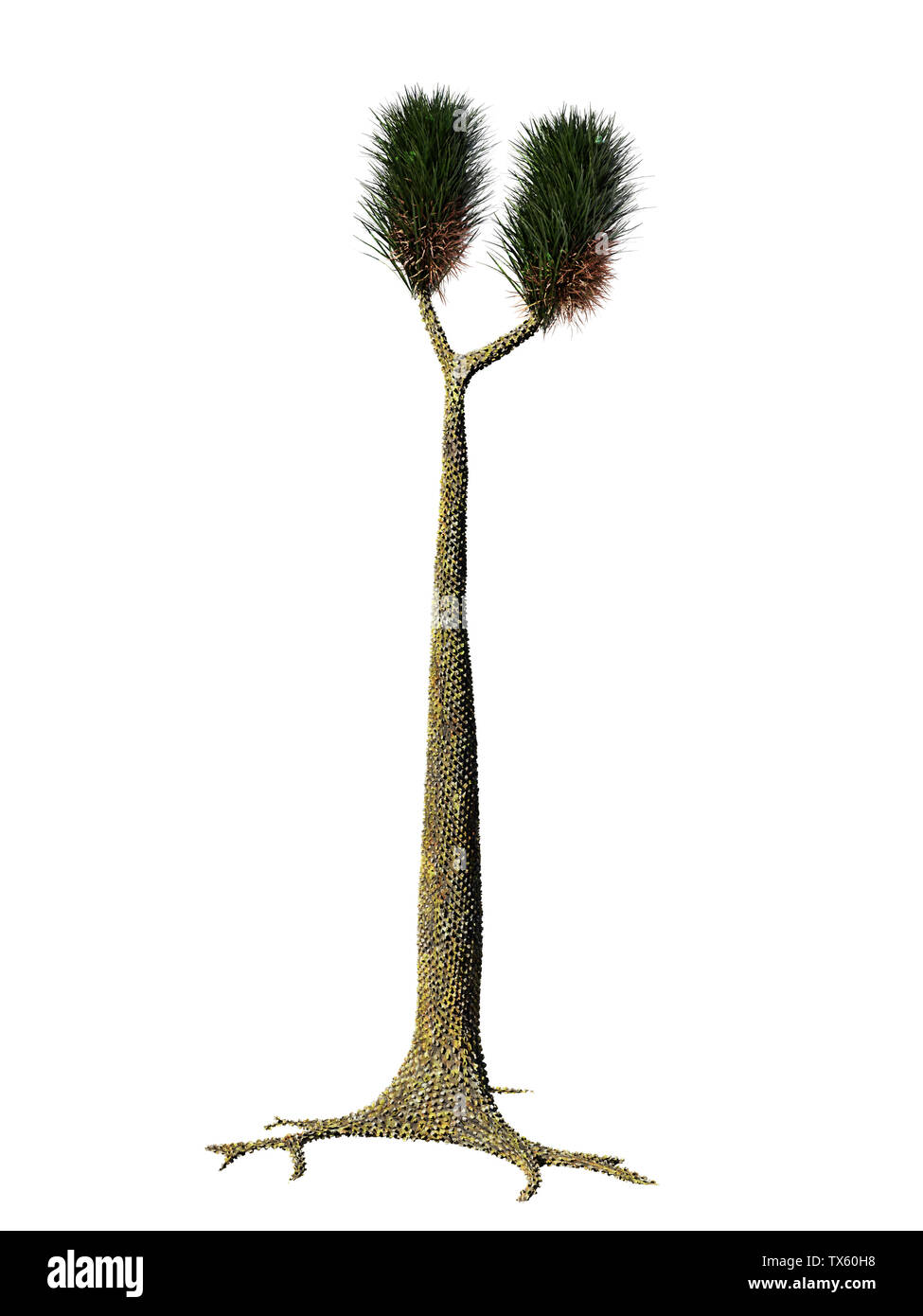 Sigillaria, tree-like extinct plant from the Carboniferous and Permian period isolated on white background Stock Photohttps://www.alamy.com/image-license-details/?v=1https://www.alamy.com/sigillaria-tree-like-extinct-plant-from-the-carboniferous-and-permian-period-isolated-on-white-background-image257058404.html
Sigillaria, tree-like extinct plant from the Carboniferous and Permian period isolated on white background Stock Photohttps://www.alamy.com/image-license-details/?v=1https://www.alamy.com/sigillaria-tree-like-extinct-plant-from-the-carboniferous-and-permian-period-isolated-on-white-background-image257058404.htmlRFTX60H8–Sigillaria, tree-like extinct plant from the Carboniferous and Permian period isolated on white background
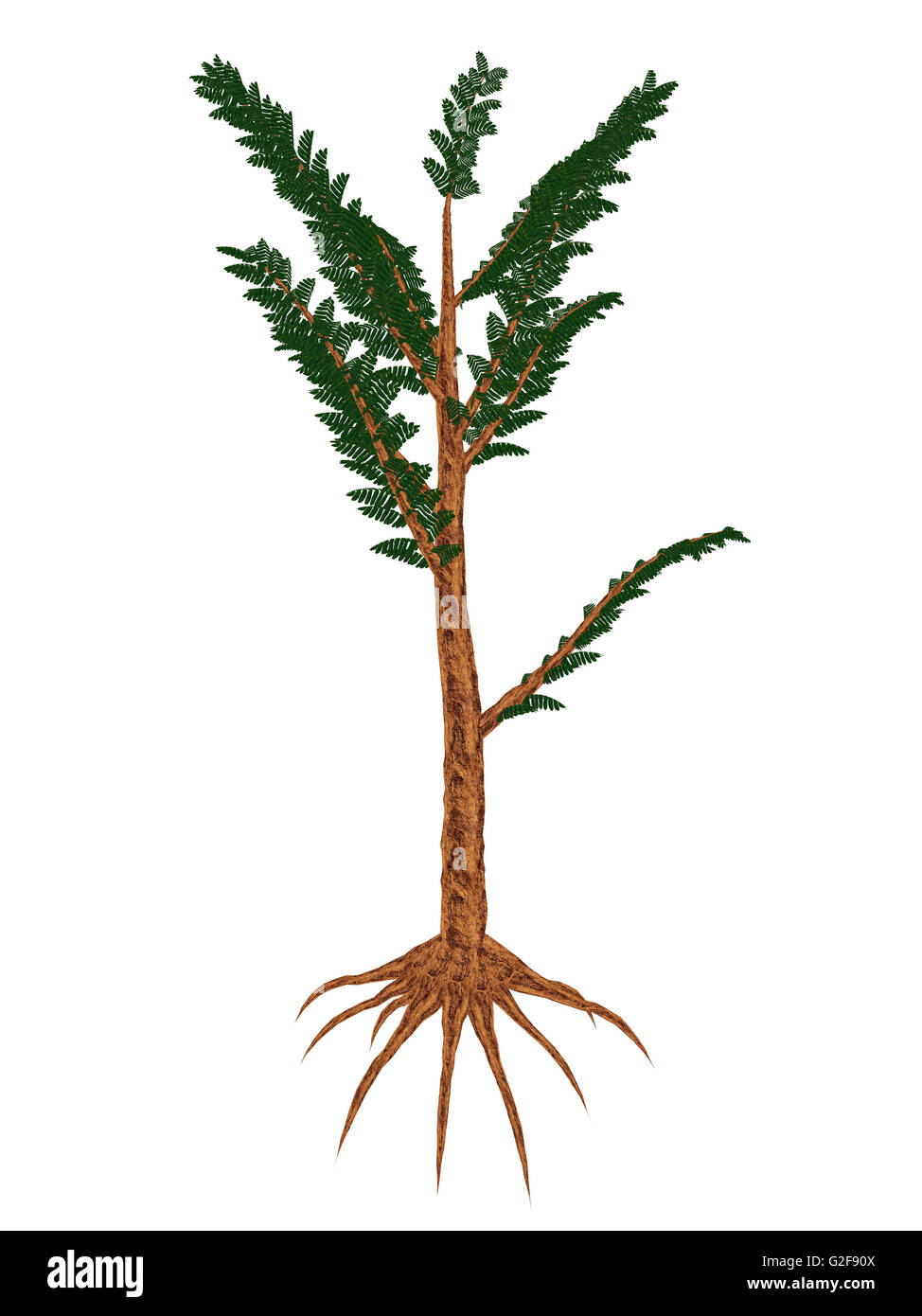 Pachypteris prehistoric plant, isolated on white background. Stock Photohttps://www.alamy.com/image-license-details/?v=1https://www.alamy.com/stock-photo-pachypteris-prehistoric-plant-isolated-on-white-background-104827882.html
Pachypteris prehistoric plant, isolated on white background. Stock Photohttps://www.alamy.com/image-license-details/?v=1https://www.alamy.com/stock-photo-pachypteris-prehistoric-plant-isolated-on-white-background-104827882.htmlRFG2F90X–Pachypteris prehistoric plant, isolated on white background.
![Ferns first appear in the fossil record 360 million years ago in the Devonian Era[5] but many of the current families and species did not appear until Stock Photo Ferns first appear in the fossil record 360 million years ago in the Devonian Era[5] but many of the current families and species did not appear until Stock Photo](https://c8.alamy.com/comp/HDJJ71/ferns-first-appear-in-the-fossil-record-360-million-years-ago-in-the-HDJJ71.jpg) Ferns first appear in the fossil record 360 million years ago in the Devonian Era[5] but many of the current families and species did not appear until Stock Photohttps://www.alamy.com/image-license-details/?v=1https://www.alamy.com/stock-photo-ferns-first-appear-in-the-fossil-record-360-million-years-ago-in-the-128872549.html
Ferns first appear in the fossil record 360 million years ago in the Devonian Era[5] but many of the current families and species did not appear until Stock Photohttps://www.alamy.com/image-license-details/?v=1https://www.alamy.com/stock-photo-ferns-first-appear-in-the-fossil-record-360-million-years-ago-in-the-128872549.htmlRFHDJJ71–Ferns first appear in the fossil record 360 million years ago in the Devonian Era[5] but many of the current families and species did not appear until
![Ferns first appear in the fossil record 360 million years ago in the Devonian Era[5] but many of the current families and species did not appear until Stock Photo Ferns first appear in the fossil record 360 million years ago in the Devonian Era[5] but many of the current families and species did not appear until Stock Photo](https://c8.alamy.com/comp/HDJH0F/ferns-first-appear-in-the-fossil-record-360-million-years-ago-in-the-HDJH0F.jpg) Ferns first appear in the fossil record 360 million years ago in the Devonian Era[5] but many of the current families and species did not appear until Stock Photohttps://www.alamy.com/image-license-details/?v=1https://www.alamy.com/stock-photo-ferns-first-appear-in-the-fossil-record-360-million-years-ago-in-the-128871583.html
Ferns first appear in the fossil record 360 million years ago in the Devonian Era[5] but many of the current families and species did not appear until Stock Photohttps://www.alamy.com/image-license-details/?v=1https://www.alamy.com/stock-photo-ferns-first-appear-in-the-fossil-record-360-million-years-ago-in-the-128871583.htmlRFHDJH0F–Ferns first appear in the fossil record 360 million years ago in the Devonian Era[5] but many of the current families and species did not appear until
 . Heredity and evolution in plants . rganizedas those of to-day, are found far back in the earliest fossil-bearing strata of the Paleozoic. Great forest types ex-isted as early as the Devonian. Later in the Carboniferousoccur many seed-bearing ferns. These have been calledCycadofilicales (cycadaceous ferns), or, by some, Pterido-sperms. Recent studies have disclosed the fact thatmost of the fossil plants from the Carboniferous coal-bearing strata, formerly thought to be ferns, are not evencryptogams, but are these fern-like seed-bearing plants.The best known pteridosperm is Lyginodendron oldha Stock Photohttps://www.alamy.com/image-license-details/?v=1https://www.alamy.com/heredity-and-evolution-in-plants-rganizedas-those-of-to-day-are-found-far-back-in-the-earliest-fossil-bearing-strata-of-the-paleozoic-great-forest-types-ex-isted-as-early-as-the-devonian-later-in-the-carboniferousoccur-many-seed-bearing-ferns-these-have-been-calledcycadofilicales-cycadaceous-ferns-or-by-some-pterido-sperms-recent-studies-have-disclosed-the-fact-thatmost-of-the-fossil-plants-from-the-carboniferous-coal-bearing-strata-formerly-thought-to-be-ferns-are-not-evencryptogams-but-are-these-fern-like-seed-bearing-plantsthe-best-known-pteridosperm-is-lyginodendron-oldha-image372239852.html
. Heredity and evolution in plants . rganizedas those of to-day, are found far back in the earliest fossil-bearing strata of the Paleozoic. Great forest types ex-isted as early as the Devonian. Later in the Carboniferousoccur many seed-bearing ferns. These have been calledCycadofilicales (cycadaceous ferns), or, by some, Pterido-sperms. Recent studies have disclosed the fact thatmost of the fossil plants from the Carboniferous coal-bearing strata, formerly thought to be ferns, are not evencryptogams, but are these fern-like seed-bearing plants.The best known pteridosperm is Lyginodendron oldha Stock Photohttps://www.alamy.com/image-license-details/?v=1https://www.alamy.com/heredity-and-evolution-in-plants-rganizedas-those-of-to-day-are-found-far-back-in-the-earliest-fossil-bearing-strata-of-the-paleozoic-great-forest-types-ex-isted-as-early-as-the-devonian-later-in-the-carboniferousoccur-many-seed-bearing-ferns-these-have-been-calledcycadofilicales-cycadaceous-ferns-or-by-some-pterido-sperms-recent-studies-have-disclosed-the-fact-thatmost-of-the-fossil-plants-from-the-carboniferous-coal-bearing-strata-formerly-thought-to-be-ferns-are-not-evencryptogams-but-are-these-fern-like-seed-bearing-plantsthe-best-known-pteridosperm-is-lyginodendron-oldha-image372239852.htmlRM2CHGYMC–. Heredity and evolution in plants . rganizedas those of to-day, are found far back in the earliest fossil-bearing strata of the Paleozoic. Great forest types ex-isted as early as the Devonian. Later in the Carboniferousoccur many seed-bearing ferns. These have been calledCycadofilicales (cycadaceous ferns), or, by some, Pterido-sperms. Recent studies have disclosed the fact thatmost of the fossil plants from the Carboniferous coal-bearing strata, formerly thought to be ferns, are not evencryptogams, but are these fern-like seed-bearing plants.The best known pteridosperm is Lyginodendron oldha
![Ferns first appear in the fossil record 360 million years ago in the Devonian Era[5] but many of the current families and species did not appear until Stock Photo Ferns first appear in the fossil record 360 million years ago in the Devonian Era[5] but many of the current families and species did not appear until Stock Photo](https://c8.alamy.com/comp/HDJHWN/ferns-first-appear-in-the-fossil-record-360-million-years-ago-in-the-HDJHWN.jpg) Ferns first appear in the fossil record 360 million years ago in the Devonian Era[5] but many of the current families and species did not appear until Stock Photohttps://www.alamy.com/image-license-details/?v=1https://www.alamy.com/stock-photo-ferns-first-appear-in-the-fossil-record-360-million-years-ago-in-the-128872289.html
Ferns first appear in the fossil record 360 million years ago in the Devonian Era[5] but many of the current families and species did not appear until Stock Photohttps://www.alamy.com/image-license-details/?v=1https://www.alamy.com/stock-photo-ferns-first-appear-in-the-fossil-record-360-million-years-ago-in-the-128872289.htmlRFHDJHWN–Ferns first appear in the fossil record 360 million years ago in the Devonian Era[5] but many of the current families and species did not appear until
 extreme close up of fossil of Carboniferous fern leafs Stock Photohttps://www.alamy.com/image-license-details/?v=1https://www.alamy.com/extreme-close-up-of-fossil-of-carboniferous-fern-leafs-image225588296.html
extreme close up of fossil of Carboniferous fern leafs Stock Photohttps://www.alamy.com/image-license-details/?v=1https://www.alamy.com/extreme-close-up-of-fossil-of-carboniferous-fern-leafs-image225588296.htmlRFR30C4T–extreme close up of fossil of Carboniferous fern leafs
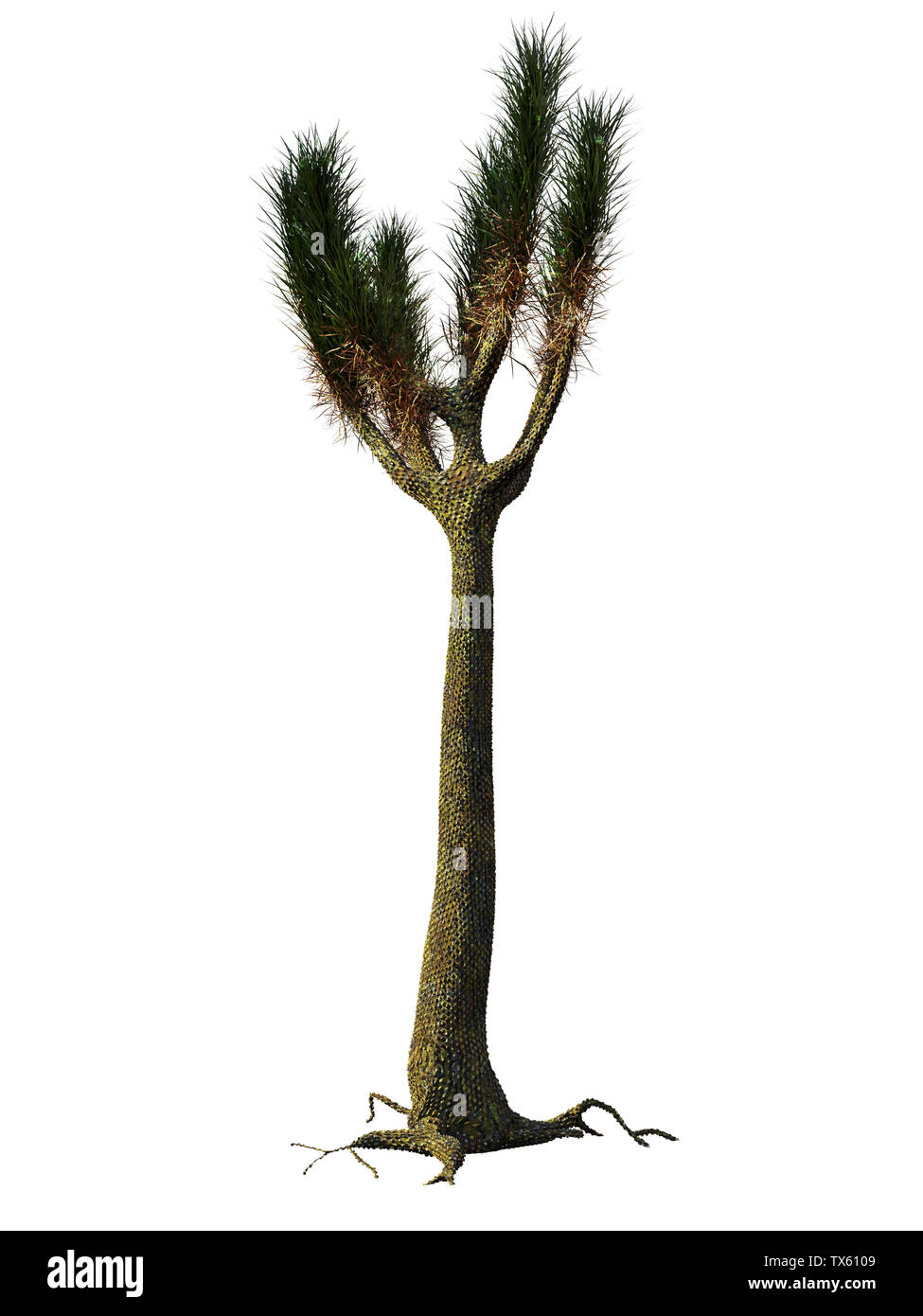 Sigillaria, tree-like prehistric plant from the Carboniferous and Permian period isolated on white background Stock Photohttps://www.alamy.com/image-license-details/?v=1https://www.alamy.com/sigillaria-tree-like-prehistric-plant-from-the-carboniferous-and-permian-period-isolated-on-white-background-image257058713.html
Sigillaria, tree-like prehistric plant from the Carboniferous and Permian period isolated on white background Stock Photohttps://www.alamy.com/image-license-details/?v=1https://www.alamy.com/sigillaria-tree-like-prehistric-plant-from-the-carboniferous-and-permian-period-isolated-on-white-background-image257058713.htmlRFTX6109–Sigillaria, tree-like prehistric plant from the Carboniferous and Permian period isolated on white background
![. Creation by evolution; a consensus of present-day knowledge as set forth by leading authorities in non-technical language that all may understand. Evolution. THE STORY TOLD BY FOSSIL PLANTS "-UV?^!. Fig. 3.—Restoration of Eospermatopteris, the earliest known fern, from the middle Devonian. (After Goldring.) [163]. Please note that these images are extracted from scanned page images that may have been digitally enhanced for readability - coloration and appearance of these illustrations may not perfectly resemble the original work.. Mason, Frances Baker; Jordan, David Starr, 1851-1931; Th Stock Photo . Creation by evolution; a consensus of present-day knowledge as set forth by leading authorities in non-technical language that all may understand. Evolution. THE STORY TOLD BY FOSSIL PLANTS "-UV?^!. Fig. 3.—Restoration of Eospermatopteris, the earliest known fern, from the middle Devonian. (After Goldring.) [163]. Please note that these images are extracted from scanned page images that may have been digitally enhanced for readability - coloration and appearance of these illustrations may not perfectly resemble the original work.. Mason, Frances Baker; Jordan, David Starr, 1851-1931; Th Stock Photo](https://c8.alamy.com/comp/RE5YD1/creation-by-evolution-a-consensus-of-present-day-knowledge-as-set-forth-by-leading-authorities-in-non-technical-language-that-all-may-understand-evolution-the-story-told-by-fossil-plants-quot-uv!-fig-3restoration-of-eospermatopteris-the-earliest-known-fern-from-the-middle-devonian-after-goldring-163-please-note-that-these-images-are-extracted-from-scanned-page-images-that-may-have-been-digitally-enhanced-for-readability-coloration-and-appearance-of-these-illustrations-may-not-perfectly-resemble-the-original-work-mason-frances-baker-jordan-david-starr-1851-1931-th-RE5YD1.jpg) . Creation by evolution; a consensus of present-day knowledge as set forth by leading authorities in non-technical language that all may understand. Evolution. THE STORY TOLD BY FOSSIL PLANTS "-UV?^!. Fig. 3.—Restoration of Eospermatopteris, the earliest known fern, from the middle Devonian. (After Goldring.) [163]. Please note that these images are extracted from scanned page images that may have been digitally enhanced for readability - coloration and appearance of these illustrations may not perfectly resemble the original work.. Mason, Frances Baker; Jordan, David Starr, 1851-1931; Th Stock Photohttps://www.alamy.com/image-license-details/?v=1https://www.alamy.com/creation-by-evolution-a-consensus-of-present-day-knowledge-as-set-forth-by-leading-authorities-in-non-technical-language-that-all-may-understand-evolution-the-story-told-by-fossil-plants-quot-uv!-fig-3restoration-of-eospermatopteris-the-earliest-known-fern-from-the-middle-devonian-after-goldring-163-please-note-that-these-images-are-extracted-from-scanned-page-images-that-may-have-been-digitally-enhanced-for-readability-coloration-and-appearance-of-these-illustrations-may-not-perfectly-resemble-the-original-work-mason-frances-baker-jordan-david-starr-1851-1931-th-image232471261.html
. Creation by evolution; a consensus of present-day knowledge as set forth by leading authorities in non-technical language that all may understand. Evolution. THE STORY TOLD BY FOSSIL PLANTS "-UV?^!. Fig. 3.—Restoration of Eospermatopteris, the earliest known fern, from the middle Devonian. (After Goldring.) [163]. Please note that these images are extracted from scanned page images that may have been digitally enhanced for readability - coloration and appearance of these illustrations may not perfectly resemble the original work.. Mason, Frances Baker; Jordan, David Starr, 1851-1931; Th Stock Photohttps://www.alamy.com/image-license-details/?v=1https://www.alamy.com/creation-by-evolution-a-consensus-of-present-day-knowledge-as-set-forth-by-leading-authorities-in-non-technical-language-that-all-may-understand-evolution-the-story-told-by-fossil-plants-quot-uv!-fig-3restoration-of-eospermatopteris-the-earliest-known-fern-from-the-middle-devonian-after-goldring-163-please-note-that-these-images-are-extracted-from-scanned-page-images-that-may-have-been-digitally-enhanced-for-readability-coloration-and-appearance-of-these-illustrations-may-not-perfectly-resemble-the-original-work-mason-frances-baker-jordan-david-starr-1851-1931-th-image232471261.htmlRMRE5YD1–. Creation by evolution; a consensus of present-day knowledge as set forth by leading authorities in non-technical language that all may understand. Evolution. THE STORY TOLD BY FOSSIL PLANTS "-UV?^!. Fig. 3.—Restoration of Eospermatopteris, the earliest known fern, from the middle Devonian. (After Goldring.) [163]. Please note that these images are extracted from scanned page images that may have been digitally enhanced for readability - coloration and appearance of these illustrations may not perfectly resemble the original work.. Mason, Frances Baker; Jordan, David Starr, 1851-1931; Th
![Ferns first appear in the fossil record 360 million years ago in the Devonian Era[5] but many of the current families and species did not appear until Stock Photo Ferns first appear in the fossil record 360 million years ago in the Devonian Era[5] but many of the current families and species did not appear until Stock Photo](https://c8.alamy.com/comp/HDJHWT/ferns-first-appear-in-the-fossil-record-360-million-years-ago-in-the-HDJHWT.jpg) Ferns first appear in the fossil record 360 million years ago in the Devonian Era[5] but many of the current families and species did not appear until Stock Photohttps://www.alamy.com/image-license-details/?v=1https://www.alamy.com/stock-photo-ferns-first-appear-in-the-fossil-record-360-million-years-ago-in-the-128872292.html
Ferns first appear in the fossil record 360 million years ago in the Devonian Era[5] but many of the current families and species did not appear until Stock Photohttps://www.alamy.com/image-license-details/?v=1https://www.alamy.com/stock-photo-ferns-first-appear-in-the-fossil-record-360-million-years-ago-in-the-128872292.htmlRFHDJHWT–Ferns first appear in the fossil record 360 million years ago in the Devonian Era[5] but many of the current families and species did not appear until
![Ferns first appear in the fossil record 360 million years ago in the Devonian Era[5] but many of the current families and species did not appear until Stock Photo Ferns first appear in the fossil record 360 million years ago in the Devonian Era[5] but many of the current families and species did not appear until Stock Photo](https://c8.alamy.com/comp/HDJHX4/ferns-first-appear-in-the-fossil-record-360-million-years-ago-in-the-HDJHX4.jpg) Ferns first appear in the fossil record 360 million years ago in the Devonian Era[5] but many of the current families and species did not appear until Stock Photohttps://www.alamy.com/image-license-details/?v=1https://www.alamy.com/stock-photo-ferns-first-appear-in-the-fossil-record-360-million-years-ago-in-the-128872300.html
Ferns first appear in the fossil record 360 million years ago in the Devonian Era[5] but many of the current families and species did not appear until Stock Photohttps://www.alamy.com/image-license-details/?v=1https://www.alamy.com/stock-photo-ferns-first-appear-in-the-fossil-record-360-million-years-ago-in-the-128872300.htmlRFHDJHX4–Ferns first appear in the fossil record 360 million years ago in the Devonian Era[5] but many of the current families and species did not appear until
![Ferns first appear in the fossil record 360 million years ago in the Devonian Era[5] but many of the current families and species did not appear until Stock Photo Ferns first appear in the fossil record 360 million years ago in the Devonian Era[5] but many of the current families and species did not appear until Stock Photo](https://c8.alamy.com/comp/HDJHWX/ferns-first-appear-in-the-fossil-record-360-million-years-ago-in-the-HDJHWX.jpg) Ferns first appear in the fossil record 360 million years ago in the Devonian Era[5] but many of the current families and species did not appear until Stock Photohttps://www.alamy.com/image-license-details/?v=1https://www.alamy.com/stock-photo-ferns-first-appear-in-the-fossil-record-360-million-years-ago-in-the-128872294.html
Ferns first appear in the fossil record 360 million years ago in the Devonian Era[5] but many of the current families and species did not appear until Stock Photohttps://www.alamy.com/image-license-details/?v=1https://www.alamy.com/stock-photo-ferns-first-appear-in-the-fossil-record-360-million-years-ago-in-the-128872294.htmlRFHDJHWX–Ferns first appear in the fossil record 360 million years ago in the Devonian Era[5] but many of the current families and species did not appear until
![Ferns first appear in the fossil record 360 million years ago in the Devonian Era[5] but many of the current families and species did not appear until Stock Photo Ferns first appear in the fossil record 360 million years ago in the Devonian Era[5] but many of the current families and species did not appear until Stock Photo](https://c8.alamy.com/comp/HDJJ6D/ferns-first-appear-in-the-fossil-record-360-million-years-ago-in-the-HDJJ6D.jpg) Ferns first appear in the fossil record 360 million years ago in the Devonian Era[5] but many of the current families and species did not appear until Stock Photohttps://www.alamy.com/image-license-details/?v=1https://www.alamy.com/stock-photo-ferns-first-appear-in-the-fossil-record-360-million-years-ago-in-the-128872533.html
Ferns first appear in the fossil record 360 million years ago in the Devonian Era[5] but many of the current families and species did not appear until Stock Photohttps://www.alamy.com/image-license-details/?v=1https://www.alamy.com/stock-photo-ferns-first-appear-in-the-fossil-record-360-million-years-ago-in-the-128872533.htmlRFHDJJ6D–Ferns first appear in the fossil record 360 million years ago in the Devonian Era[5] but many of the current families and species did not appear until
 extreme close up of fossil of Carboniferous fern leafs Stock Photohttps://www.alamy.com/image-license-details/?v=1https://www.alamy.com/extreme-close-up-of-fossil-of-carboniferous-fern-leafs-image225588234.html
extreme close up of fossil of Carboniferous fern leafs Stock Photohttps://www.alamy.com/image-license-details/?v=1https://www.alamy.com/extreme-close-up-of-fossil-of-carboniferous-fern-leafs-image225588234.htmlRFR30C2J–extreme close up of fossil of Carboniferous fern leafs
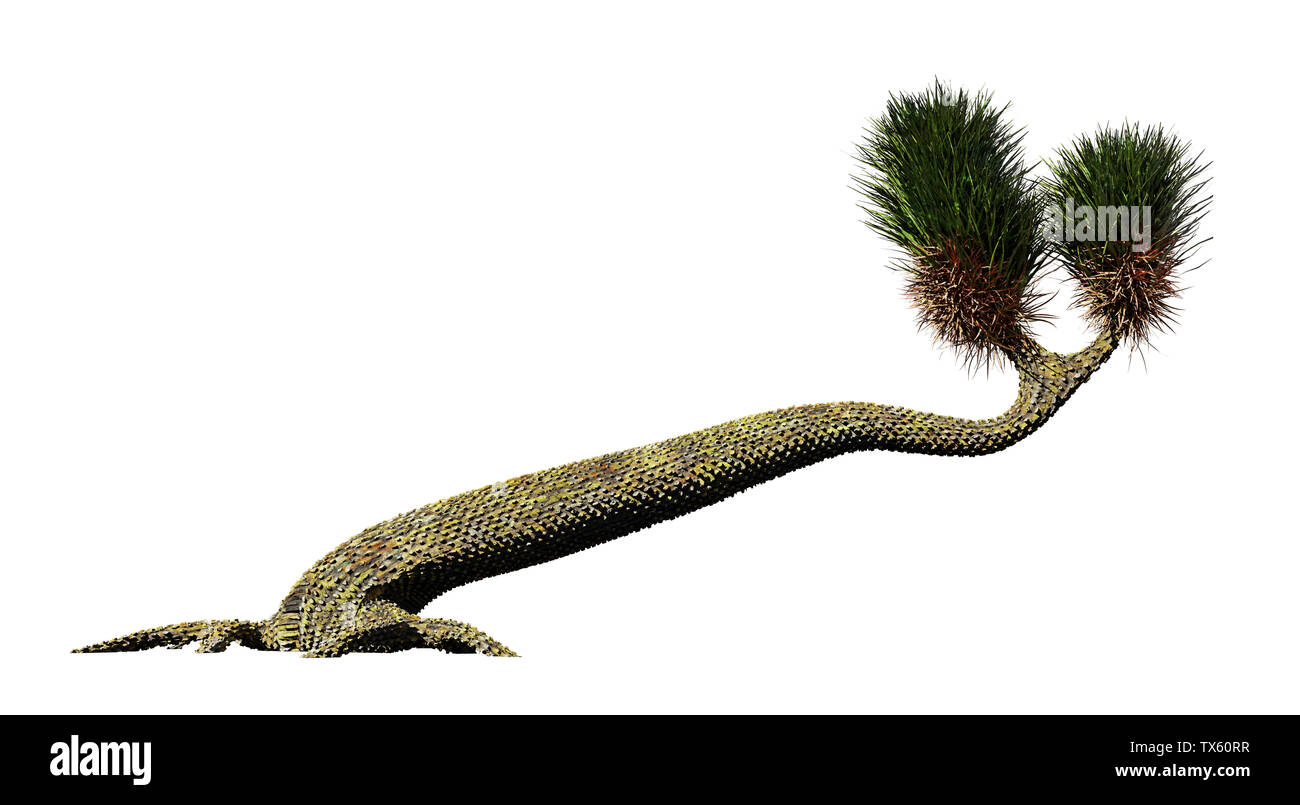 Sigillaria, tree-like plant from the Carboniferous and Permian period isolated on white background Stock Photohttps://www.alamy.com/image-license-details/?v=1https://www.alamy.com/sigillaria-tree-like-plant-from-the-carboniferous-and-permian-period-isolated-on-white-background-image257058587.html
Sigillaria, tree-like plant from the Carboniferous and Permian period isolated on white background Stock Photohttps://www.alamy.com/image-license-details/?v=1https://www.alamy.com/sigillaria-tree-like-plant-from-the-carboniferous-and-permian-period-isolated-on-white-background-image257058587.htmlRFTX60RR–Sigillaria, tree-like plant from the Carboniferous and Permian period isolated on white background
 . The geological history of plants. Paleobotany; 1888. 74 THE GEOLOGICAL HISTORY OF PLANTS. with ArchcBopteris is that which I have named Platyphyl- lum, and which grew on a creeping stem or parasitically on stems of other plants, and had marginal fructification.*. Fig. 24.—ArchaBoptens Jacksom, Dawson (Maine). An Upper Erian fern, a, b, Pinnules showing venation. * " Keports on Fossil Plants of the Devonian and Upper Silurian of Canada," 1871, &c. - ». Please note that these images are extracted from scanned page images that may have been digitally enhanced for readability - col Stock Photohttps://www.alamy.com/image-license-details/?v=1https://www.alamy.com/the-geological-history-of-plants-paleobotany-1888-74-the-geological-history-of-plants-with-archcbopteris-is-that-which-i-have-named-platyphyl-lum-and-which-grew-on-a-creeping-stem-or-parasitically-on-stems-of-other-plants-and-had-marginal-fructification-fig-24archaboptens-jacksom-dawson-maine-an-upper-erian-fern-a-b-pinnules-showing-venation-quot-keports-on-fossil-plants-of-the-devonian-and-upper-silurian-of-canadaquot-1871-ampc-please-note-that-these-images-are-extracted-from-scanned-page-images-that-may-have-been-digitally-enhanced-for-readability-col-image232064661.html
. The geological history of plants. Paleobotany; 1888. 74 THE GEOLOGICAL HISTORY OF PLANTS. with ArchcBopteris is that which I have named Platyphyl- lum, and which grew on a creeping stem or parasitically on stems of other plants, and had marginal fructification.*. Fig. 24.—ArchaBoptens Jacksom, Dawson (Maine). An Upper Erian fern, a, b, Pinnules showing venation. * " Keports on Fossil Plants of the Devonian and Upper Silurian of Canada," 1871, &c. - ». Please note that these images are extracted from scanned page images that may have been digitally enhanced for readability - col Stock Photohttps://www.alamy.com/image-license-details/?v=1https://www.alamy.com/the-geological-history-of-plants-paleobotany-1888-74-the-geological-history-of-plants-with-archcbopteris-is-that-which-i-have-named-platyphyl-lum-and-which-grew-on-a-creeping-stem-or-parasitically-on-stems-of-other-plants-and-had-marginal-fructification-fig-24archaboptens-jacksom-dawson-maine-an-upper-erian-fern-a-b-pinnules-showing-venation-quot-keports-on-fossil-plants-of-the-devonian-and-upper-silurian-of-canadaquot-1871-ampc-please-note-that-these-images-are-extracted-from-scanned-page-images-that-may-have-been-digitally-enhanced-for-readability-col-image232064661.htmlRMRDFCRH–. The geological history of plants. Paleobotany; 1888. 74 THE GEOLOGICAL HISTORY OF PLANTS. with ArchcBopteris is that which I have named Platyphyl- lum, and which grew on a creeping stem or parasitically on stems of other plants, and had marginal fructification.*. Fig. 24.—ArchaBoptens Jacksom, Dawson (Maine). An Upper Erian fern, a, b, Pinnules showing venation. * " Keports on Fossil Plants of the Devonian and Upper Silurian of Canada," 1871, &c. - ». Please note that these images are extracted from scanned page images that may have been digitally enhanced for readability - col
![Ferns first appear in the fossil record 360 million years ago in the Devonian Era[5] but many of the current families and species did not appear until Stock Photo Ferns first appear in the fossil record 360 million years ago in the Devonian Era[5] but many of the current families and species did not appear until Stock Photo](https://c8.alamy.com/comp/HDJJ6M/ferns-first-appear-in-the-fossil-record-360-million-years-ago-in-the-HDJJ6M.jpg) Ferns first appear in the fossil record 360 million years ago in the Devonian Era[5] but many of the current families and species did not appear until Stock Photohttps://www.alamy.com/image-license-details/?v=1https://www.alamy.com/stock-photo-ferns-first-appear-in-the-fossil-record-360-million-years-ago-in-the-128872540.html
Ferns first appear in the fossil record 360 million years ago in the Devonian Era[5] but many of the current families and species did not appear until Stock Photohttps://www.alamy.com/image-license-details/?v=1https://www.alamy.com/stock-photo-ferns-first-appear-in-the-fossil-record-360-million-years-ago-in-the-128872540.htmlRFHDJJ6M–Ferns first appear in the fossil record 360 million years ago in the Devonian Era[5] but many of the current families and species did not appear until
 fossil of Carboniferous fern leafs isolated over white background Stock Photohttps://www.alamy.com/image-license-details/?v=1https://www.alamy.com/fossil-of-carboniferous-fern-leafs-isolated-over-white-background-image230419521.html
fossil of Carboniferous fern leafs isolated over white background Stock Photohttps://www.alamy.com/image-license-details/?v=1https://www.alamy.com/fossil-of-carboniferous-fern-leafs-isolated-over-white-background-image230419521.htmlRFRATECH–fossil of Carboniferous fern leafs isolated over white background
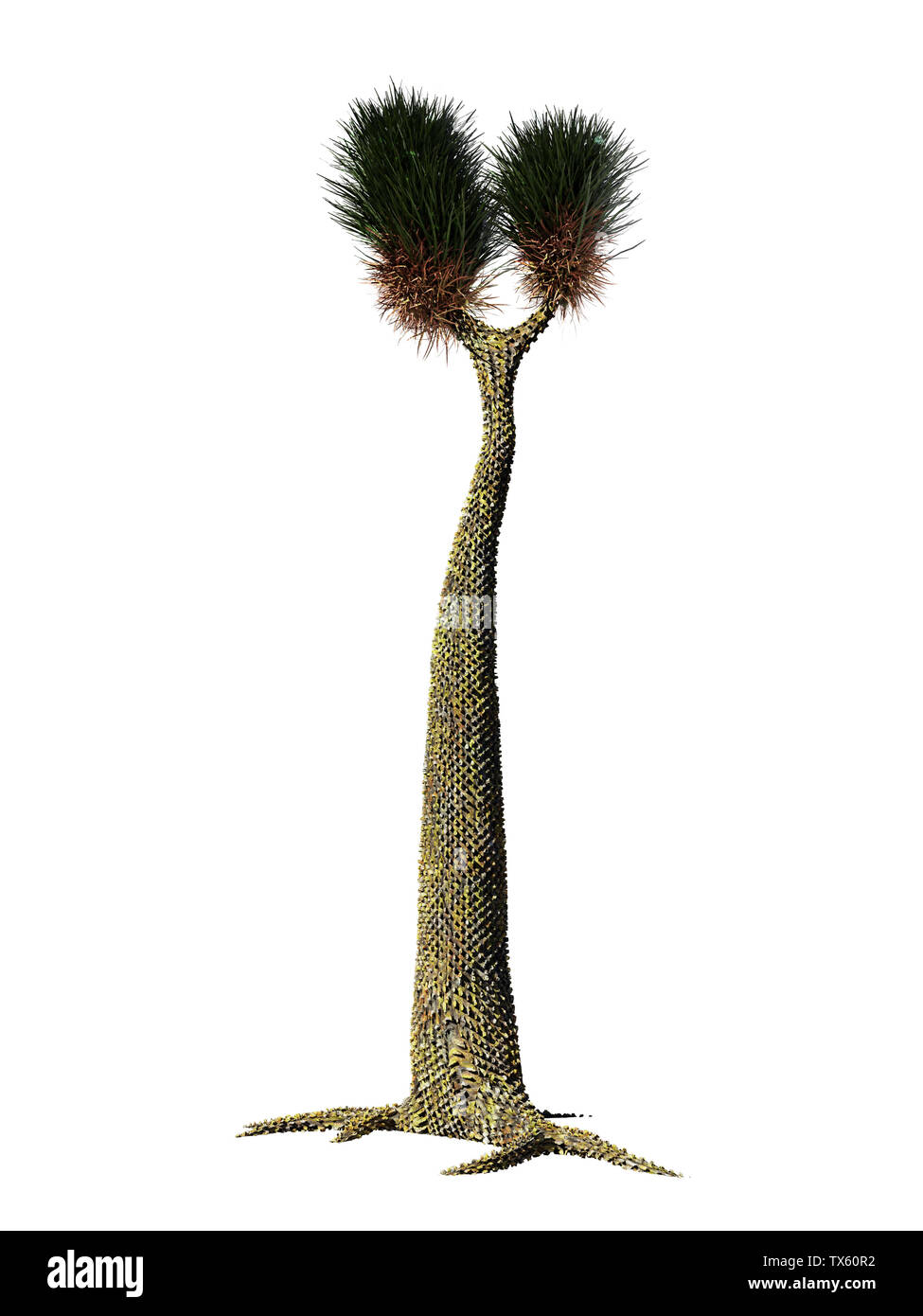 Sigillaria, tree-like plant from the Carboniferous and Permian period isolated on white background Stock Photohttps://www.alamy.com/image-license-details/?v=1https://www.alamy.com/sigillaria-tree-like-plant-from-the-carboniferous-and-permian-period-isolated-on-white-background-image257058566.html
Sigillaria, tree-like plant from the Carboniferous and Permian period isolated on white background Stock Photohttps://www.alamy.com/image-license-details/?v=1https://www.alamy.com/sigillaria-tree-like-plant-from-the-carboniferous-and-permian-period-isolated-on-white-background-image257058566.htmlRFTX60R2–Sigillaria, tree-like plant from the Carboniferous and Permian period isolated on white background
![. The fossil plants of the Devonian and Upper Silurian formations of Canada [microform]. Paleontology; Paleontology; Paléontologie; Paléontologie. # CANADIAN FOSSILS. I have described these three species in a paper contributed to the Geological Society of London, March 22, 1871. They have not been found in Canada ; but are of interest as shewing the existence of tree ferns in strata even older than the fern beds of St. John. In Gasp<5 I have found some fossil stems which are probably tree ferns, but too obscure for description. Illustrations of two of these trunks of tree ferns are given in Stock Photo . The fossil plants of the Devonian and Upper Silurian formations of Canada [microform]. Paleontology; Paleontology; Paléontologie; Paléontologie. # CANADIAN FOSSILS. I have described these three species in a paper contributed to the Geological Society of London, March 22, 1871. They have not been found in Canada ; but are of interest as shewing the existence of tree ferns in strata even older than the fern beds of St. John. In Gasp<5 I have found some fossil stems which are probably tree ferns, but too obscure for description. Illustrations of two of these trunks of tree ferns are given in Stock Photo](https://c8.alamy.com/comp/RJ6M48/the-fossil-plants-of-the-devonian-and-upper-silurian-formations-of-canada-microform-paleontology-paleontology-palontologie-palontologie-canadian-fossils-i-have-described-these-three-species-in-a-paper-contributed-to-the-geological-society-of-london-march-22-1871-they-have-not-been-found-in-canada-but-are-of-interest-as-shewing-the-existence-of-tree-ferns-in-strata-even-older-than-the-fern-beds-of-st-john-in-gasplt5-i-have-found-some-fossil-stems-which-are-probably-tree-ferns-but-too-obscure-for-description-illustrations-of-two-of-these-trunks-of-tree-ferns-are-given-in-RJ6M48.jpg) . The fossil plants of the Devonian and Upper Silurian formations of Canada [microform]. Paleontology; Paleontology; Paléontologie; Paléontologie. # CANADIAN FOSSILS. I have described these three species in a paper contributed to the Geological Society of London, March 22, 1871. They have not been found in Canada ; but are of interest as shewing the existence of tree ferns in strata even older than the fern beds of St. John. In Gasp<5 I have found some fossil stems which are probably tree ferns, but too obscure for description. Illustrations of two of these trunks of tree ferns are given in Stock Photohttps://www.alamy.com/image-license-details/?v=1https://www.alamy.com/the-fossil-plants-of-the-devonian-and-upper-silurian-formations-of-canada-microform-paleontology-paleontology-palontologie-palontologie-canadian-fossils-i-have-described-these-three-species-in-a-paper-contributed-to-the-geological-society-of-london-march-22-1871-they-have-not-been-found-in-canada-but-are-of-interest-as-shewing-the-existence-of-tree-ferns-in-strata-even-older-than-the-fern-beds-of-st-john-in-gasplt5-i-have-found-some-fossil-stems-which-are-probably-tree-ferns-but-too-obscure-for-description-illustrations-of-two-of-these-trunks-of-tree-ferns-are-given-in-image234946104.html
. The fossil plants of the Devonian and Upper Silurian formations of Canada [microform]. Paleontology; Paleontology; Paléontologie; Paléontologie. # CANADIAN FOSSILS. I have described these three species in a paper contributed to the Geological Society of London, March 22, 1871. They have not been found in Canada ; but are of interest as shewing the existence of tree ferns in strata even older than the fern beds of St. John. In Gasp<5 I have found some fossil stems which are probably tree ferns, but too obscure for description. Illustrations of two of these trunks of tree ferns are given in Stock Photohttps://www.alamy.com/image-license-details/?v=1https://www.alamy.com/the-fossil-plants-of-the-devonian-and-upper-silurian-formations-of-canada-microform-paleontology-paleontology-palontologie-palontologie-canadian-fossils-i-have-described-these-three-species-in-a-paper-contributed-to-the-geological-society-of-london-march-22-1871-they-have-not-been-found-in-canada-but-are-of-interest-as-shewing-the-existence-of-tree-ferns-in-strata-even-older-than-the-fern-beds-of-st-john-in-gasplt5-i-have-found-some-fossil-stems-which-are-probably-tree-ferns-but-too-obscure-for-description-illustrations-of-two-of-these-trunks-of-tree-ferns-are-given-in-image234946104.htmlRMRJ6M48–. The fossil plants of the Devonian and Upper Silurian formations of Canada [microform]. Paleontology; Paleontology; Paléontologie; Paléontologie. # CANADIAN FOSSILS. I have described these three species in a paper contributed to the Geological Society of London, March 22, 1871. They have not been found in Canada ; but are of interest as shewing the existence of tree ferns in strata even older than the fern beds of St. John. In Gasp<5 I have found some fossil stems which are probably tree ferns, but too obscure for description. Illustrations of two of these trunks of tree ferns are given in
![Ferns first appear in the fossil record 360 million years ago in the Devonian Era[5] but many of the current families and species did not appear until Stock Photo Ferns first appear in the fossil record 360 million years ago in the Devonian Era[5] but many of the current families and species did not appear until Stock Photo](https://c8.alamy.com/comp/HDJJ6J/ferns-first-appear-in-the-fossil-record-360-million-years-ago-in-the-HDJJ6J.jpg) Ferns first appear in the fossil record 360 million years ago in the Devonian Era[5] but many of the current families and species did not appear until Stock Photohttps://www.alamy.com/image-license-details/?v=1https://www.alamy.com/stock-photo-ferns-first-appear-in-the-fossil-record-360-million-years-ago-in-the-128872538.html
Ferns first appear in the fossil record 360 million years ago in the Devonian Era[5] but many of the current families and species did not appear until Stock Photohttps://www.alamy.com/image-license-details/?v=1https://www.alamy.com/stock-photo-ferns-first-appear-in-the-fossil-record-360-million-years-ago-in-the-128872538.htmlRFHDJJ6J–Ferns first appear in the fossil record 360 million years ago in the Devonian Era[5] but many of the current families and species did not appear until
 fossil of Carboniferous fern leafs isolated over white background Stock Photohttps://www.alamy.com/image-license-details/?v=1https://www.alamy.com/fossil-of-carboniferous-fern-leafs-isolated-over-white-background-image225590014.html
fossil of Carboniferous fern leafs isolated over white background Stock Photohttps://www.alamy.com/image-license-details/?v=1https://www.alamy.com/fossil-of-carboniferous-fern-leafs-isolated-over-white-background-image225590014.htmlRFR30EA6–fossil of Carboniferous fern leafs isolated over white background
![. The geological history of plants [microform]. Paleobotany; Paléobotanique. 74 TUE GEOLOGICAL HISTORY OF PLANTS. ; with ArchcBopteris is that which I have named Platyphyl- lum, and which grew on a creeping stem or parasitically on stems of other i)lants, and had marginal fructification.*. Fio. 24.—Archcpopteris Jacksoni, Dawson (Maine). An Upper Erian fern, a, 6, Pinnules sliowing venation. * " Reports on Fossil Plants of the Devonian and Upper Silurian of Canada," 1871, &c. L. Please note that these images are extracted from scanned page images that may have been digitally enha Stock Photo . The geological history of plants [microform]. Paleobotany; Paléobotanique. 74 TUE GEOLOGICAL HISTORY OF PLANTS. ; with ArchcBopteris is that which I have named Platyphyl- lum, and which grew on a creeping stem or parasitically on stems of other i)lants, and had marginal fructification.*. Fio. 24.—Archcpopteris Jacksoni, Dawson (Maine). An Upper Erian fern, a, 6, Pinnules sliowing venation. * " Reports on Fossil Plants of the Devonian and Upper Silurian of Canada," 1871, &c. L. Please note that these images are extracted from scanned page images that may have been digitally enha Stock Photo](https://c8.alamy.com/comp/RJ66T4/the-geological-history-of-plants-microform-paleobotany-palobotanique-74-tue-geological-history-of-plants-with-archcbopteris-is-that-which-i-have-named-platyphyl-lum-and-which-grew-on-a-creeping-stem-or-parasitically-on-stems-of-other-ilants-and-had-marginal-fructification-fio-24archcpopteris-jacksoni-dawson-maine-an-upper-erian-fern-a-6-pinnules-sliowing-venation-quot-reports-on-fossil-plants-of-the-devonian-and-upper-silurian-of-canadaquot-1871-ampc-l-please-note-that-these-images-are-extracted-from-scanned-page-images-that-may-have-been-digitally-enha-RJ66T4.jpg) . The geological history of plants [microform]. Paleobotany; Paléobotanique. 74 TUE GEOLOGICAL HISTORY OF PLANTS. ; with ArchcBopteris is that which I have named Platyphyl- lum, and which grew on a creeping stem or parasitically on stems of other i)lants, and had marginal fructification.*. Fio. 24.—Archcpopteris Jacksoni, Dawson (Maine). An Upper Erian fern, a, 6, Pinnules sliowing venation. * " Reports on Fossil Plants of the Devonian and Upper Silurian of Canada," 1871, &c. L. Please note that these images are extracted from scanned page images that may have been digitally enha Stock Photohttps://www.alamy.com/image-license-details/?v=1https://www.alamy.com/the-geological-history-of-plants-microform-paleobotany-palobotanique-74-tue-geological-history-of-plants-with-archcbopteris-is-that-which-i-have-named-platyphyl-lum-and-which-grew-on-a-creeping-stem-or-parasitically-on-stems-of-other-ilants-and-had-marginal-fructification-fio-24archcpopteris-jacksoni-dawson-maine-an-upper-erian-fern-a-6-pinnules-sliowing-venation-quot-reports-on-fossil-plants-of-the-devonian-and-upper-silurian-of-canadaquot-1871-ampc-l-please-note-that-these-images-are-extracted-from-scanned-page-images-that-may-have-been-digitally-enha-image234935684.html
. The geological history of plants [microform]. Paleobotany; Paléobotanique. 74 TUE GEOLOGICAL HISTORY OF PLANTS. ; with ArchcBopteris is that which I have named Platyphyl- lum, and which grew on a creeping stem or parasitically on stems of other i)lants, and had marginal fructification.*. Fio. 24.—Archcpopteris Jacksoni, Dawson (Maine). An Upper Erian fern, a, 6, Pinnules sliowing venation. * " Reports on Fossil Plants of the Devonian and Upper Silurian of Canada," 1871, &c. L. Please note that these images are extracted from scanned page images that may have been digitally enha Stock Photohttps://www.alamy.com/image-license-details/?v=1https://www.alamy.com/the-geological-history-of-plants-microform-paleobotany-palobotanique-74-tue-geological-history-of-plants-with-archcbopteris-is-that-which-i-have-named-platyphyl-lum-and-which-grew-on-a-creeping-stem-or-parasitically-on-stems-of-other-ilants-and-had-marginal-fructification-fio-24archcpopteris-jacksoni-dawson-maine-an-upper-erian-fern-a-6-pinnules-sliowing-venation-quot-reports-on-fossil-plants-of-the-devonian-and-upper-silurian-of-canadaquot-1871-ampc-l-please-note-that-these-images-are-extracted-from-scanned-page-images-that-may-have-been-digitally-enha-image234935684.htmlRMRJ66T4–. The geological history of plants [microform]. Paleobotany; Paléobotanique. 74 TUE GEOLOGICAL HISTORY OF PLANTS. ; with ArchcBopteris is that which I have named Platyphyl- lum, and which grew on a creeping stem or parasitically on stems of other i)lants, and had marginal fructification.*. Fio. 24.—Archcpopteris Jacksoni, Dawson (Maine). An Upper Erian fern, a, 6, Pinnules sliowing venation. * " Reports on Fossil Plants of the Devonian and Upper Silurian of Canada," 1871, &c. L. Please note that these images are extracted from scanned page images that may have been digitally enha
![Ferns first appear in the fossil record 360 million years ago in the Devonian Era[5] but many of the current families and species did not appear until Stock Photo Ferns first appear in the fossil record 360 million years ago in the Devonian Era[5] but many of the current families and species did not appear until Stock Photo](https://c8.alamy.com/comp/HDJJ6N/ferns-first-appear-in-the-fossil-record-360-million-years-ago-in-the-HDJJ6N.jpg) Ferns first appear in the fossil record 360 million years ago in the Devonian Era[5] but many of the current families and species did not appear until Stock Photohttps://www.alamy.com/image-license-details/?v=1https://www.alamy.com/stock-photo-ferns-first-appear-in-the-fossil-record-360-million-years-ago-in-the-128872541.html
Ferns first appear in the fossil record 360 million years ago in the Devonian Era[5] but many of the current families and species did not appear until Stock Photohttps://www.alamy.com/image-license-details/?v=1https://www.alamy.com/stock-photo-ferns-first-appear-in-the-fossil-record-360-million-years-ago-in-the-128872541.htmlRFHDJJ6N–Ferns first appear in the fossil record 360 million years ago in the Devonian Era[5] but many of the current families and species did not appear until
![Ferns first appear in the fossil record 360 million years ago in the Devonian Era[5] but many of the current families and species did not appear until Stock Photo Ferns first appear in the fossil record 360 million years ago in the Devonian Era[5] but many of the current families and species did not appear until Stock Photo](https://c8.alamy.com/comp/HDJJ6B/ferns-first-appear-in-the-fossil-record-360-million-years-ago-in-the-HDJJ6B.jpg) Ferns first appear in the fossil record 360 million years ago in the Devonian Era[5] but many of the current families and species did not appear until Stock Photohttps://www.alamy.com/image-license-details/?v=1https://www.alamy.com/stock-photo-ferns-first-appear-in-the-fossil-record-360-million-years-ago-in-the-128872531.html
Ferns first appear in the fossil record 360 million years ago in the Devonian Era[5] but many of the current families and species did not appear until Stock Photohttps://www.alamy.com/image-license-details/?v=1https://www.alamy.com/stock-photo-ferns-first-appear-in-the-fossil-record-360-million-years-ago-in-the-128872531.htmlRFHDJJ6B–Ferns first appear in the fossil record 360 million years ago in the Devonian Era[5] but many of the current families and species did not appear until
![Ferns first appear in the fossil record 360 million years ago in the Devonian Era[5] but many of the current families and species did not appear until Stock Photo Ferns first appear in the fossil record 360 million years ago in the Devonian Era[5] but many of the current families and species did not appear until Stock Photo](https://c8.alamy.com/comp/HDJJ6E/ferns-first-appear-in-the-fossil-record-360-million-years-ago-in-the-HDJJ6E.jpg) Ferns first appear in the fossil record 360 million years ago in the Devonian Era[5] but many of the current families and species did not appear until Stock Photohttps://www.alamy.com/image-license-details/?v=1https://www.alamy.com/stock-photo-ferns-first-appear-in-the-fossil-record-360-million-years-ago-in-the-128872534.html
Ferns first appear in the fossil record 360 million years ago in the Devonian Era[5] but many of the current families and species did not appear until Stock Photohttps://www.alamy.com/image-license-details/?v=1https://www.alamy.com/stock-photo-ferns-first-appear-in-the-fossil-record-360-million-years-ago-in-the-128872534.htmlRFHDJJ6E–Ferns first appear in the fossil record 360 million years ago in the Devonian Era[5] but many of the current families and species did not appear until
![Ferns first appear in the fossil record 360 million years ago in the Devonian Era[5] but many of the current families and species did not appear until Stock Photo Ferns first appear in the fossil record 360 million years ago in the Devonian Era[5] but many of the current families and species did not appear until Stock Photo](https://c8.alamy.com/comp/HDJJ6C/ferns-first-appear-in-the-fossil-record-360-million-years-ago-in-the-HDJJ6C.jpg) Ferns first appear in the fossil record 360 million years ago in the Devonian Era[5] but many of the current families and species did not appear until Stock Photohttps://www.alamy.com/image-license-details/?v=1https://www.alamy.com/stock-photo-ferns-first-appear-in-the-fossil-record-360-million-years-ago-in-the-128872532.html
Ferns first appear in the fossil record 360 million years ago in the Devonian Era[5] but many of the current families and species did not appear until Stock Photohttps://www.alamy.com/image-license-details/?v=1https://www.alamy.com/stock-photo-ferns-first-appear-in-the-fossil-record-360-million-years-ago-in-the-128872532.htmlRFHDJJ6C–Ferns first appear in the fossil record 360 million years ago in the Devonian Era[5] but many of the current families and species did not appear until
![Ferns first appear in the fossil record 360 million years ago in the Devonian Era[5] but many of the current families and species did not appear until Stock Photo Ferns first appear in the fossil record 360 million years ago in the Devonian Era[5] but many of the current families and species did not appear until Stock Photo](https://c8.alamy.com/comp/HDJJ6W/ferns-first-appear-in-the-fossil-record-360-million-years-ago-in-the-HDJJ6W.jpg) Ferns first appear in the fossil record 360 million years ago in the Devonian Era[5] but many of the current families and species did not appear until Stock Photohttps://www.alamy.com/image-license-details/?v=1https://www.alamy.com/stock-photo-ferns-first-appear-in-the-fossil-record-360-million-years-ago-in-the-128872545.html
Ferns first appear in the fossil record 360 million years ago in the Devonian Era[5] but many of the current families and species did not appear until Stock Photohttps://www.alamy.com/image-license-details/?v=1https://www.alamy.com/stock-photo-ferns-first-appear-in-the-fossil-record-360-million-years-ago-in-the-128872545.htmlRFHDJJ6W–Ferns first appear in the fossil record 360 million years ago in the Devonian Era[5] but many of the current families and species did not appear until
![Ferns first appear in the fossil record 360 million years ago in the Devonian Era[5] but many of the current families and species did not appear until Stock Photo Ferns first appear in the fossil record 360 million years ago in the Devonian Era[5] but many of the current families and species did not appear until Stock Photo](https://c8.alamy.com/comp/HDJJ6H/ferns-first-appear-in-the-fossil-record-360-million-years-ago-in-the-HDJJ6H.jpg) Ferns first appear in the fossil record 360 million years ago in the Devonian Era[5] but many of the current families and species did not appear until Stock Photohttps://www.alamy.com/image-license-details/?v=1https://www.alamy.com/stock-photo-ferns-first-appear-in-the-fossil-record-360-million-years-ago-in-the-128872537.html
Ferns first appear in the fossil record 360 million years ago in the Devonian Era[5] but many of the current families and species did not appear until Stock Photohttps://www.alamy.com/image-license-details/?v=1https://www.alamy.com/stock-photo-ferns-first-appear-in-the-fossil-record-360-million-years-ago-in-the-128872537.htmlRFHDJJ6H–Ferns first appear in the fossil record 360 million years ago in the Devonian Era[5] but many of the current families and species did not appear until
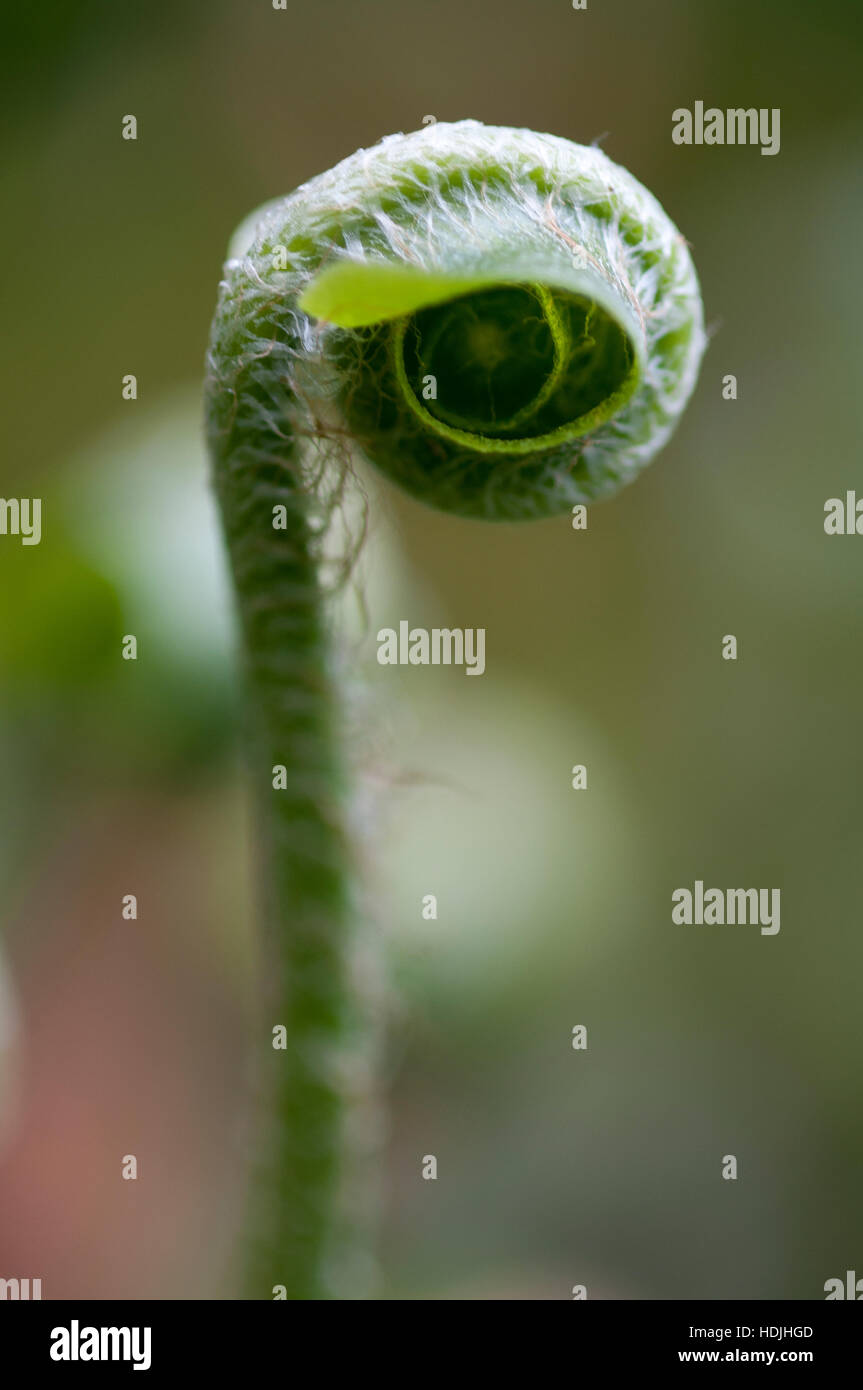 Ferns first appear in the fossil record 360 million years ago in the Devonian. Stock Photohttps://www.alamy.com/image-license-details/?v=1https://www.alamy.com/stock-photo-ferns-first-appear-in-the-fossil-record-360-million-years-ago-in-the-128872029.html
Ferns first appear in the fossil record 360 million years ago in the Devonian. Stock Photohttps://www.alamy.com/image-license-details/?v=1https://www.alamy.com/stock-photo-ferns-first-appear-in-the-fossil-record-360-million-years-ago-in-the-128872029.htmlRFHDJHGD–Ferns first appear in the fossil record 360 million years ago in the Devonian.
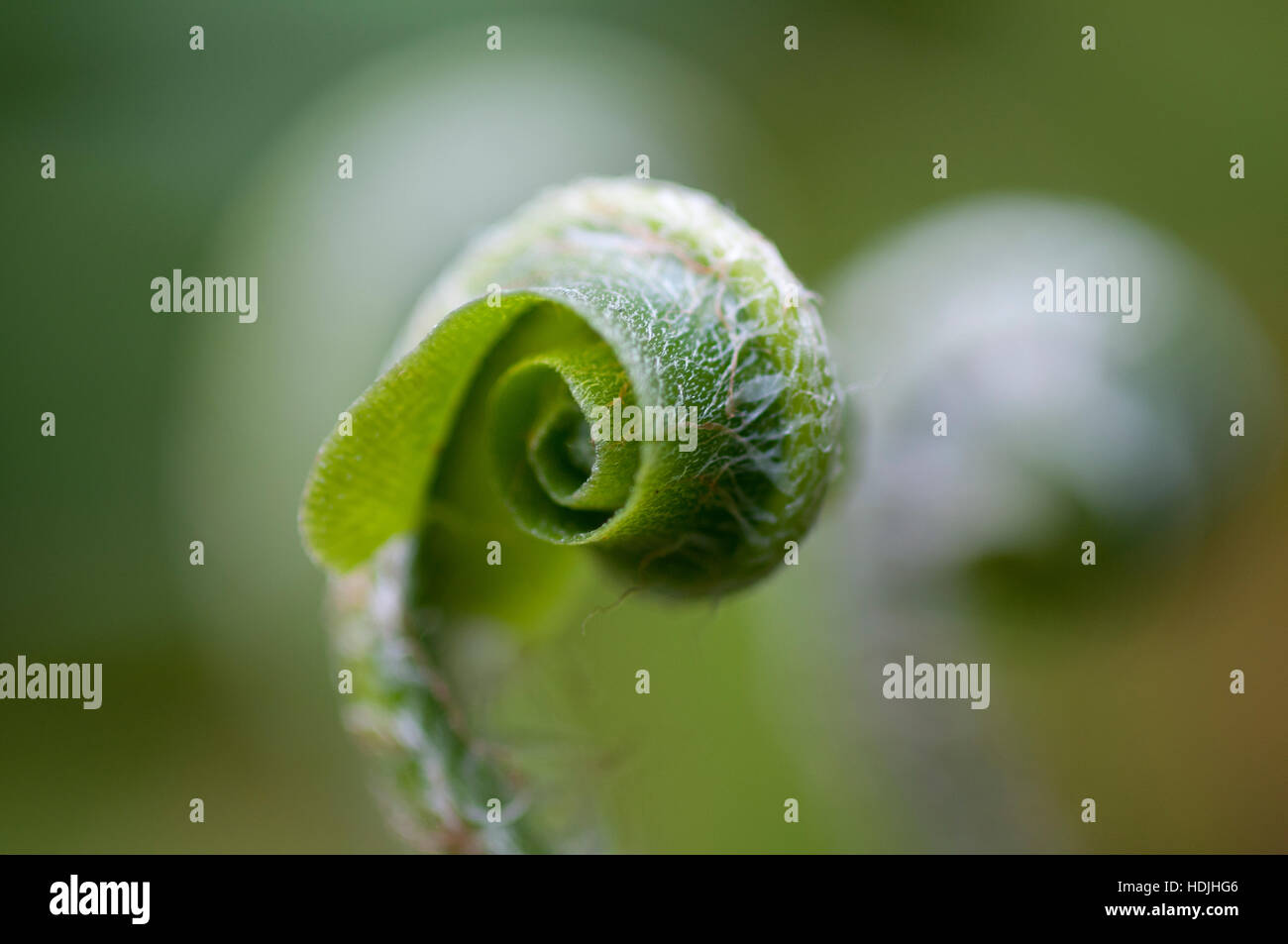 Ferns first appear in the fossil record 360 million years ago in the Devonian. Stock Photohttps://www.alamy.com/image-license-details/?v=1https://www.alamy.com/stock-photo-ferns-first-appear-in-the-fossil-record-360-million-years-ago-in-the-128872022.html
Ferns first appear in the fossil record 360 million years ago in the Devonian. Stock Photohttps://www.alamy.com/image-license-details/?v=1https://www.alamy.com/stock-photo-ferns-first-appear-in-the-fossil-record-360-million-years-ago-in-the-128872022.htmlRFHDJHG6–Ferns first appear in the fossil record 360 million years ago in the Devonian.
 Ferns first appear in the fossil record 360 million years ago in the Devonian. Stock Photohttps://www.alamy.com/image-license-details/?v=1https://www.alamy.com/stock-photo-ferns-first-appear-in-the-fossil-record-360-million-years-ago-in-the-128872016.html
Ferns first appear in the fossil record 360 million years ago in the Devonian. Stock Photohttps://www.alamy.com/image-license-details/?v=1https://www.alamy.com/stock-photo-ferns-first-appear-in-the-fossil-record-360-million-years-ago-in-the-128872016.htmlRFHDJHG0–Ferns first appear in the fossil record 360 million years ago in the Devonian.
![Ferns first appear in the fossil record 360 million years ago in the Devonian Era[5] but many of the current families and species did not appear until Stock Photo Ferns first appear in the fossil record 360 million years ago in the Devonian Era[5] but many of the current families and species did not appear until Stock Photo](https://c8.alamy.com/comp/HDJJ91/ferns-first-appear-in-the-fossil-record-360-million-years-ago-in-the-HDJJ91.jpg) Ferns first appear in the fossil record 360 million years ago in the Devonian Era[5] but many of the current families and species did not appear until Stock Photohttps://www.alamy.com/image-license-details/?v=1https://www.alamy.com/stock-photo-ferns-first-appear-in-the-fossil-record-360-million-years-ago-in-the-128872605.html
Ferns first appear in the fossil record 360 million years ago in the Devonian Era[5] but many of the current families and species did not appear until Stock Photohttps://www.alamy.com/image-license-details/?v=1https://www.alamy.com/stock-photo-ferns-first-appear-in-the-fossil-record-360-million-years-ago-in-the-128872605.htmlRFHDJJ91–Ferns first appear in the fossil record 360 million years ago in the Devonian Era[5] but many of the current families and species did not appear until